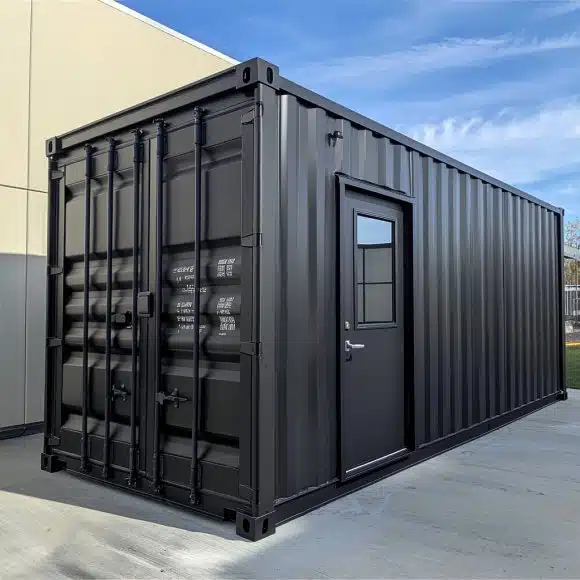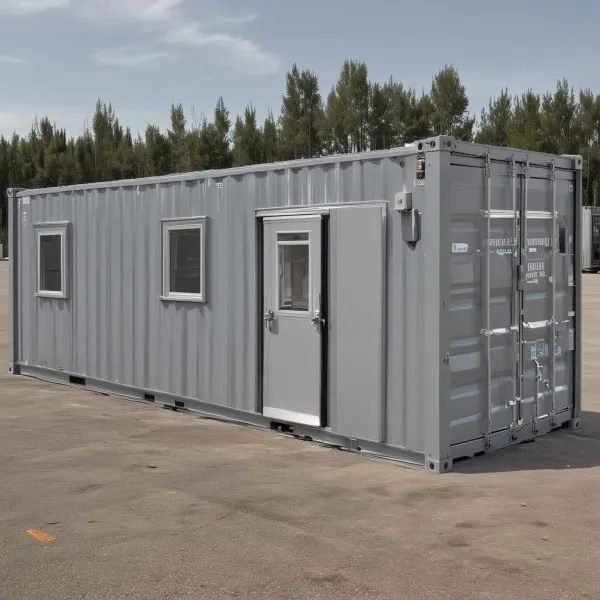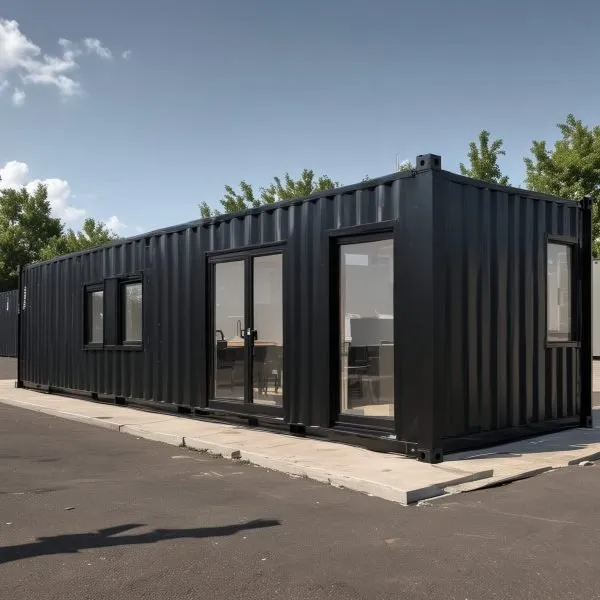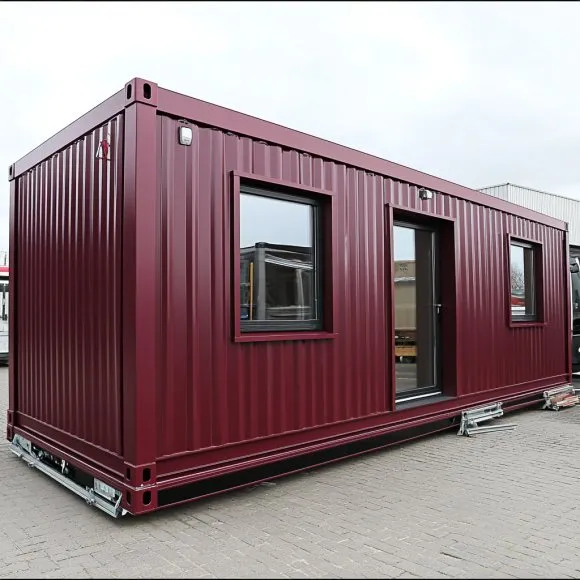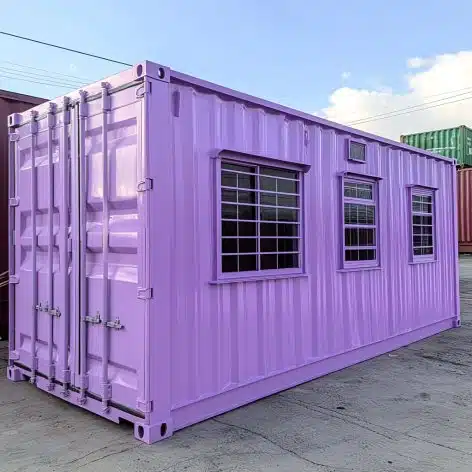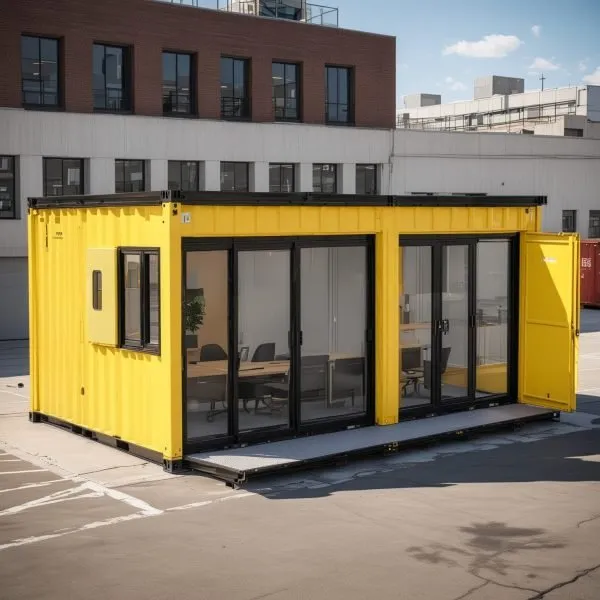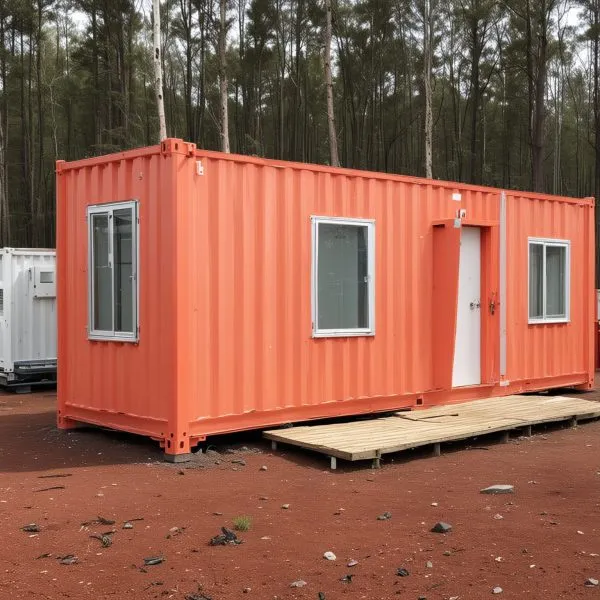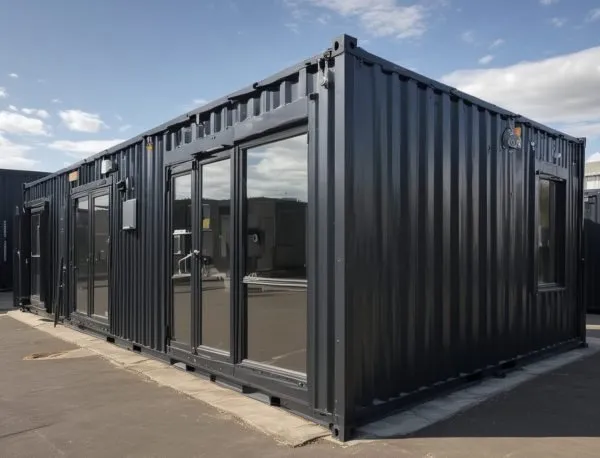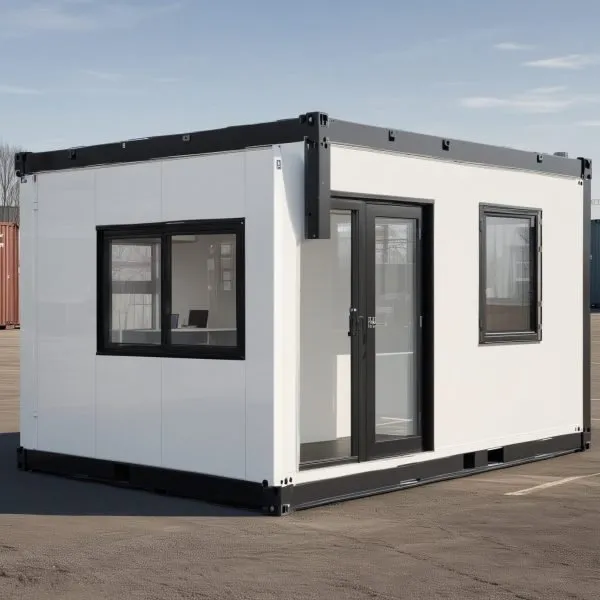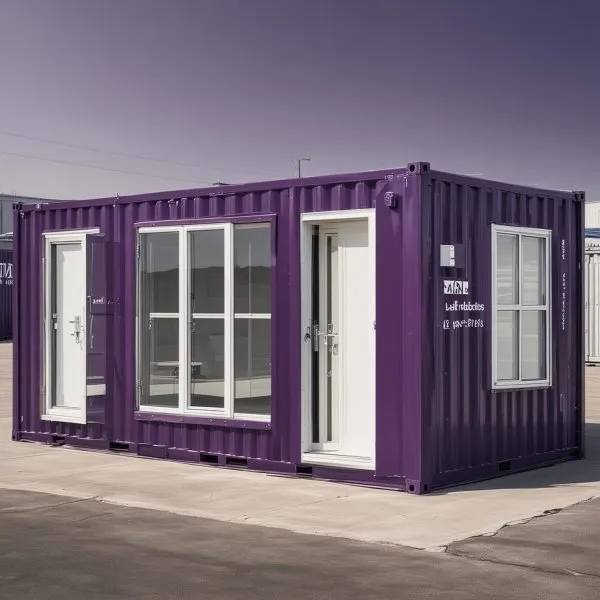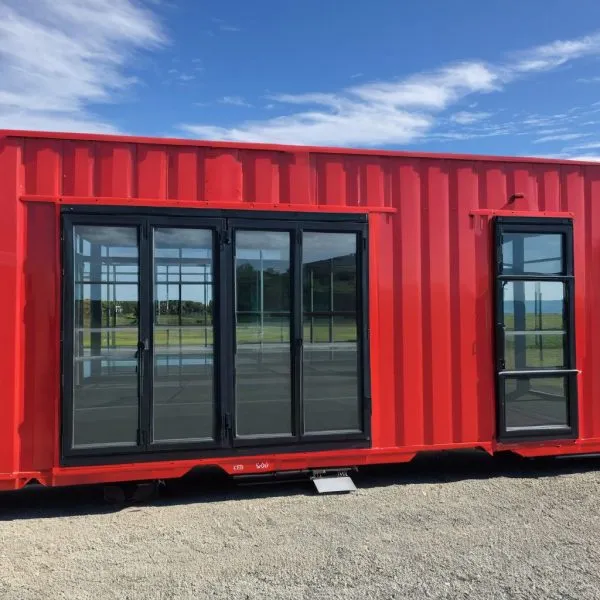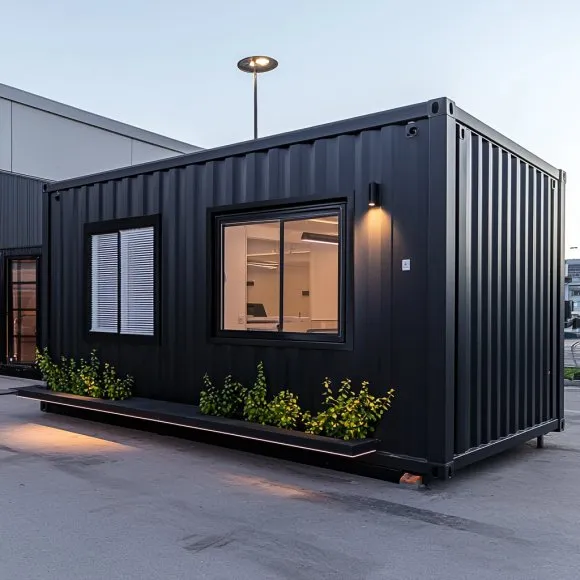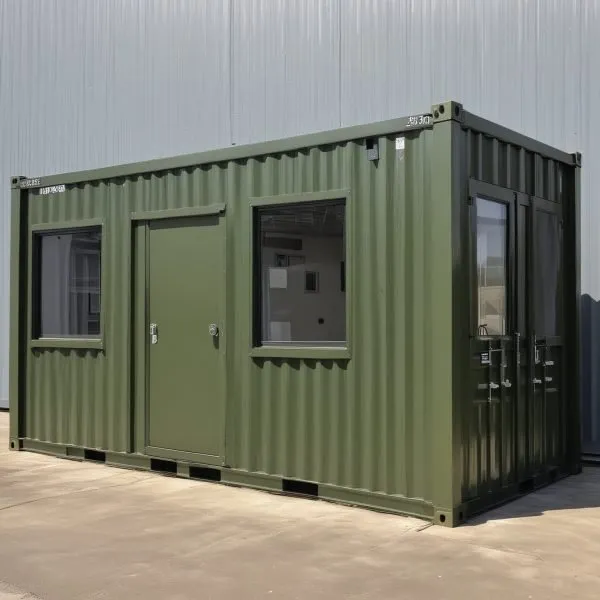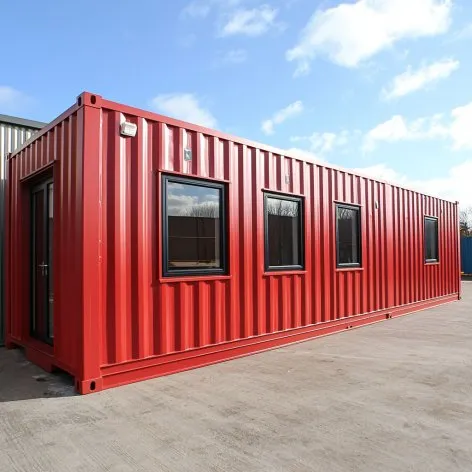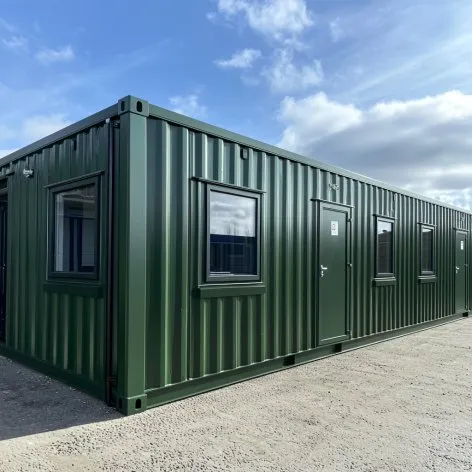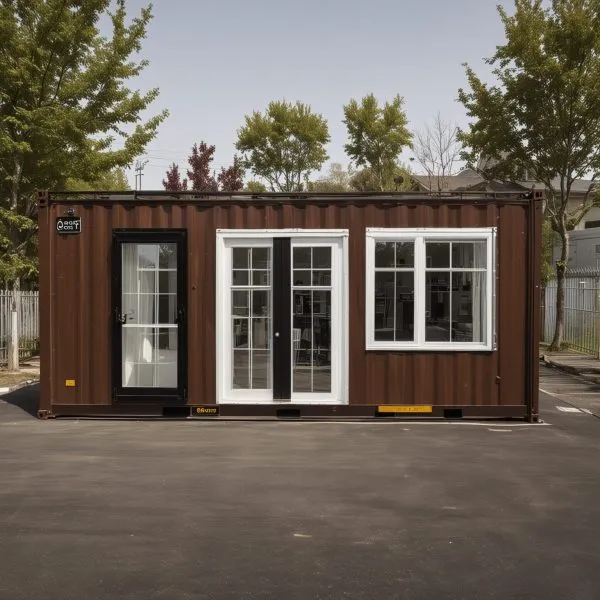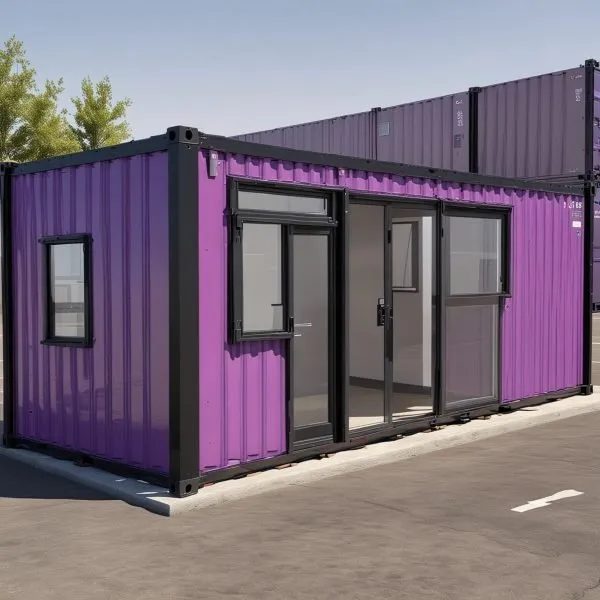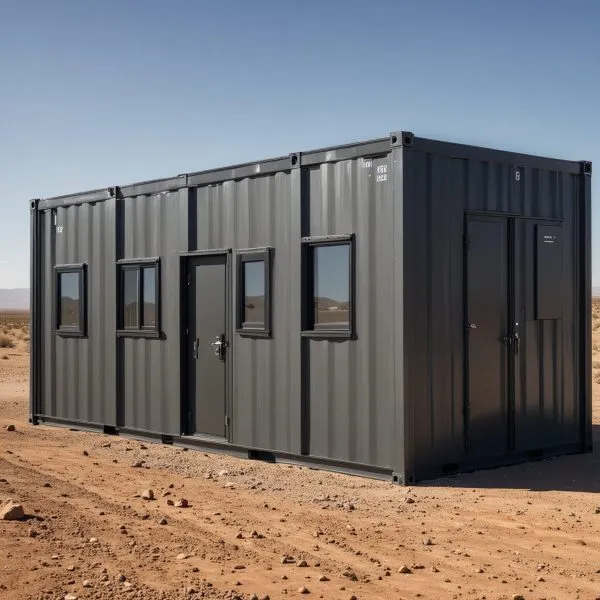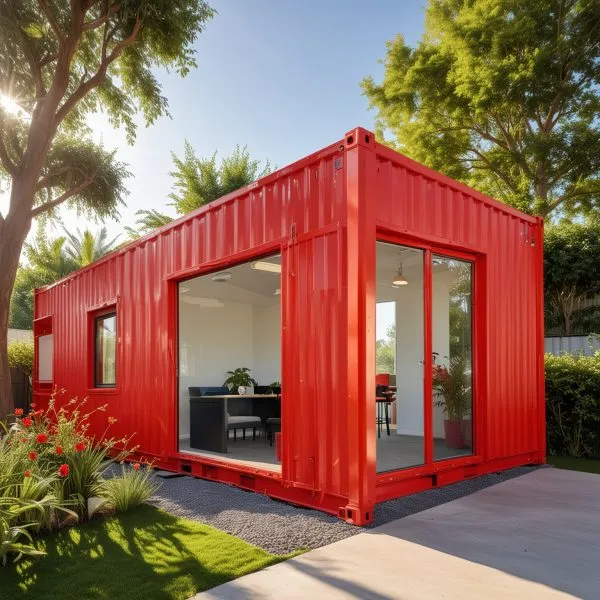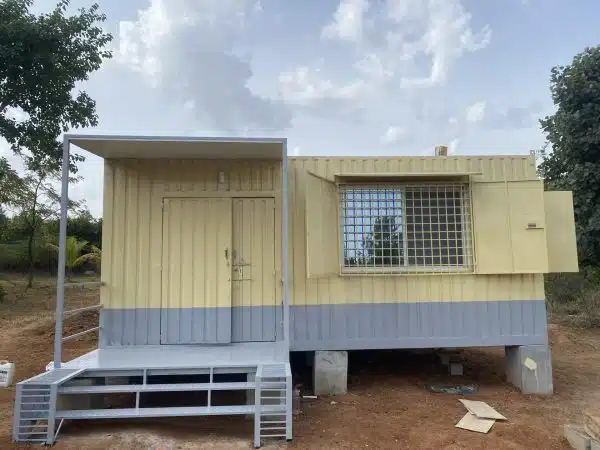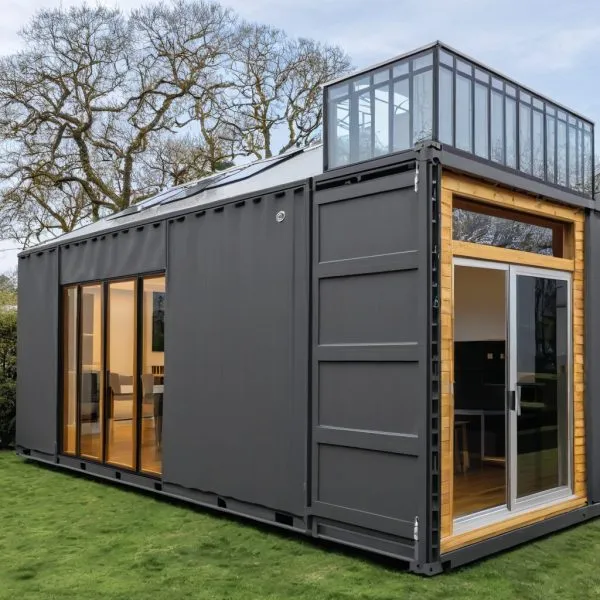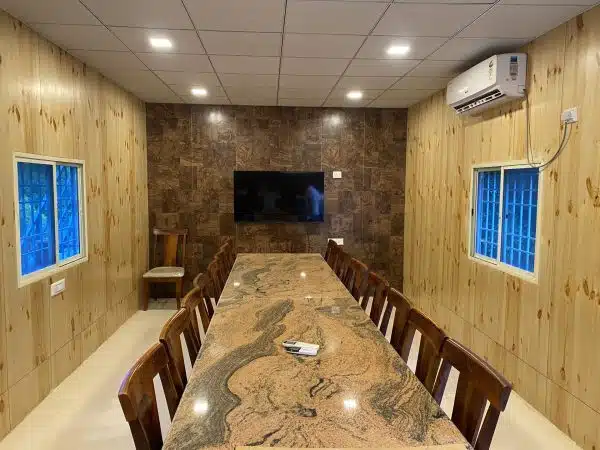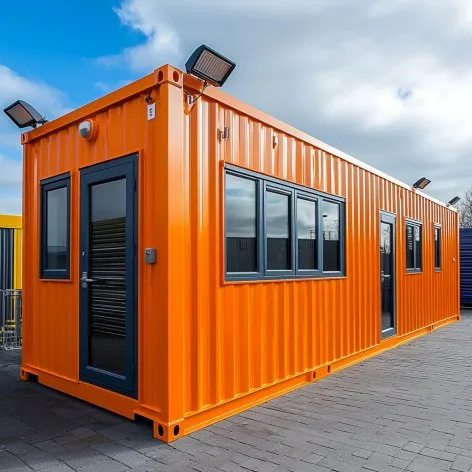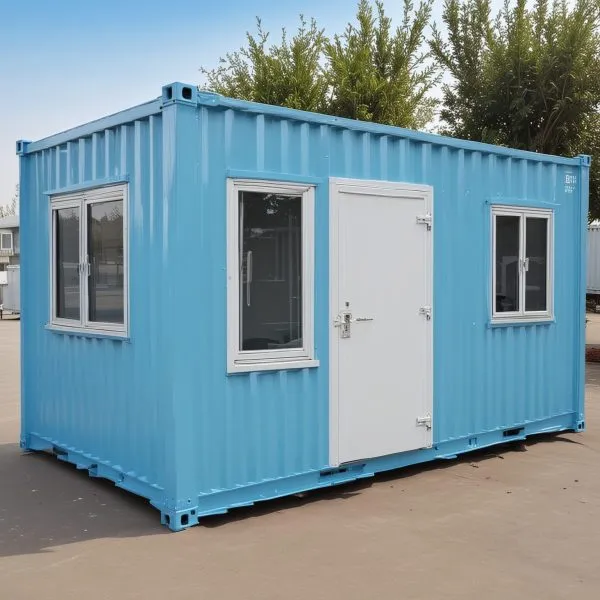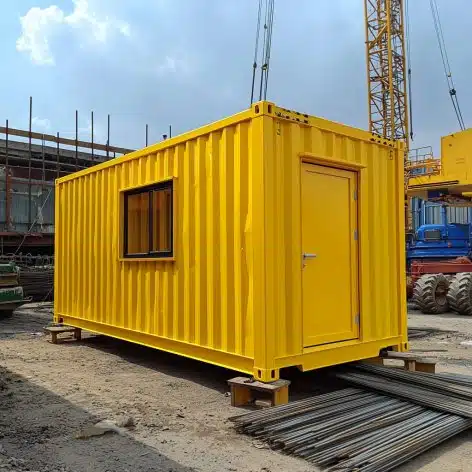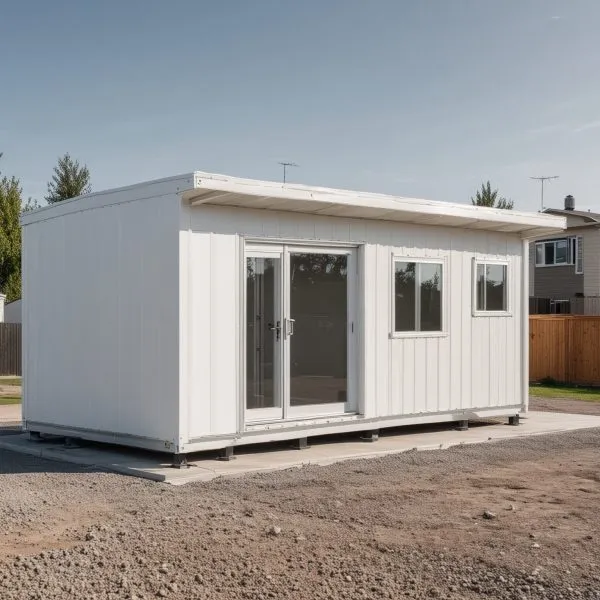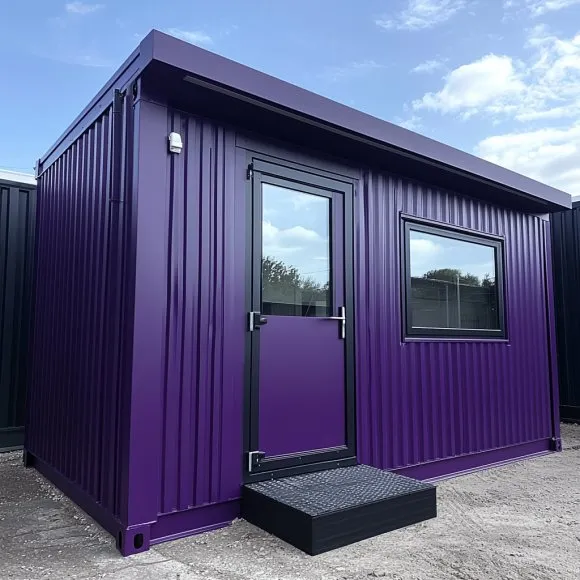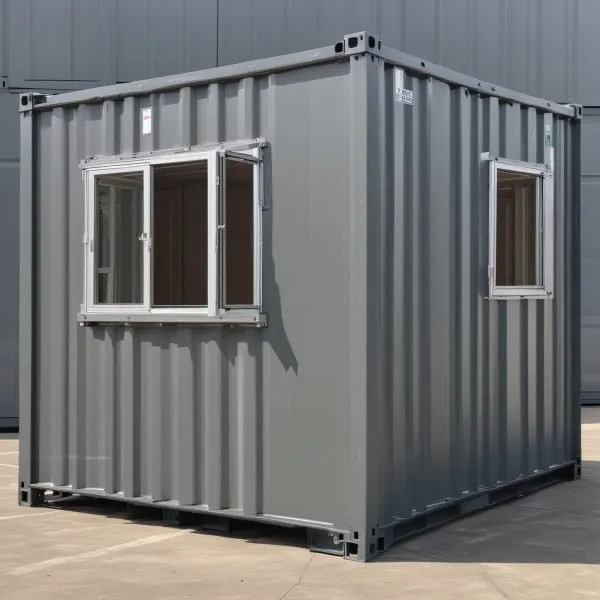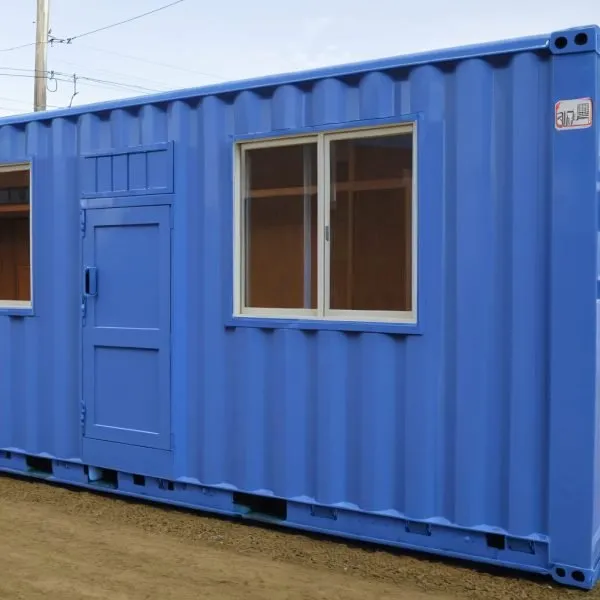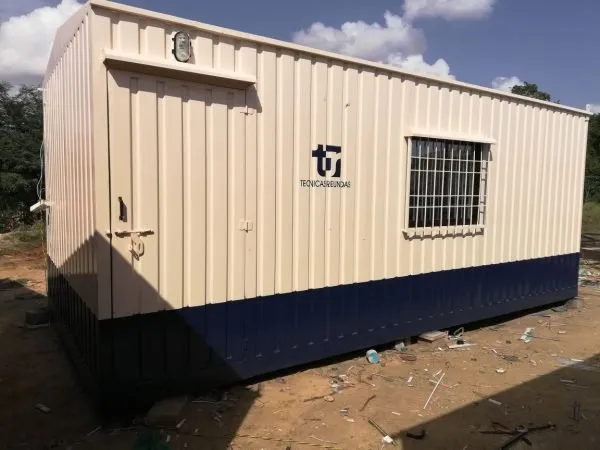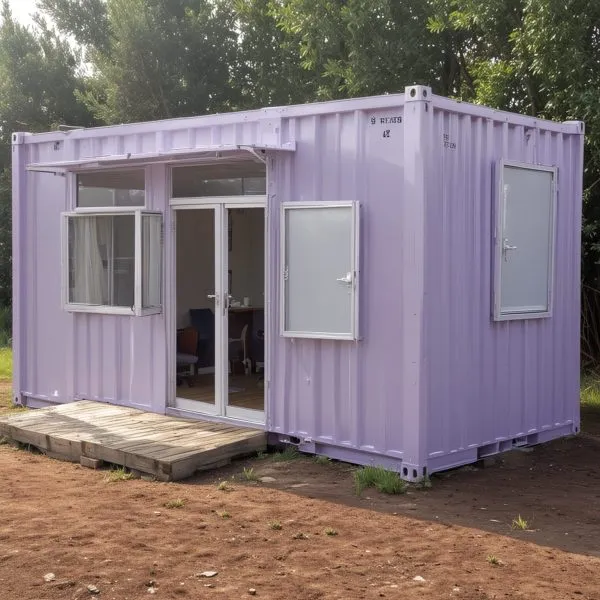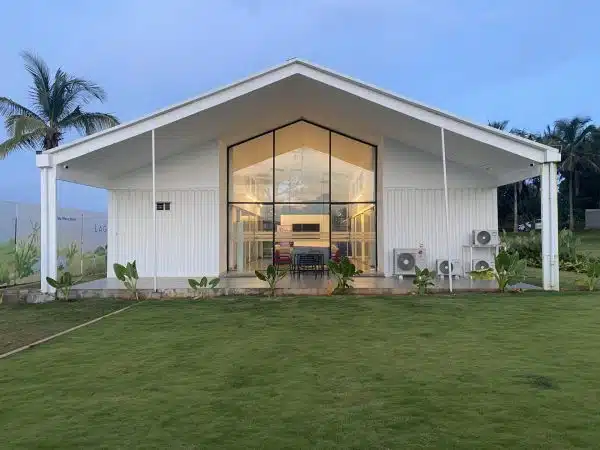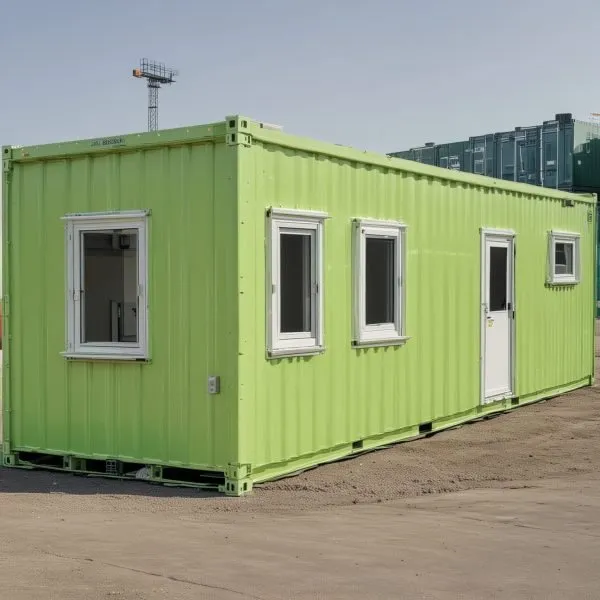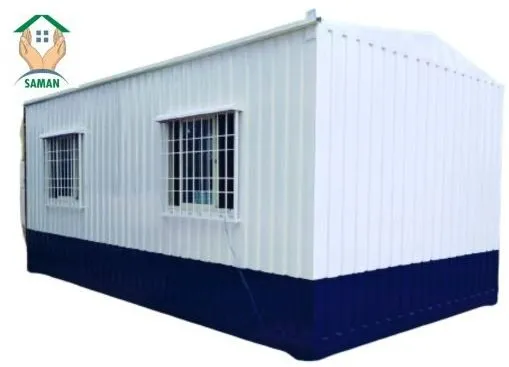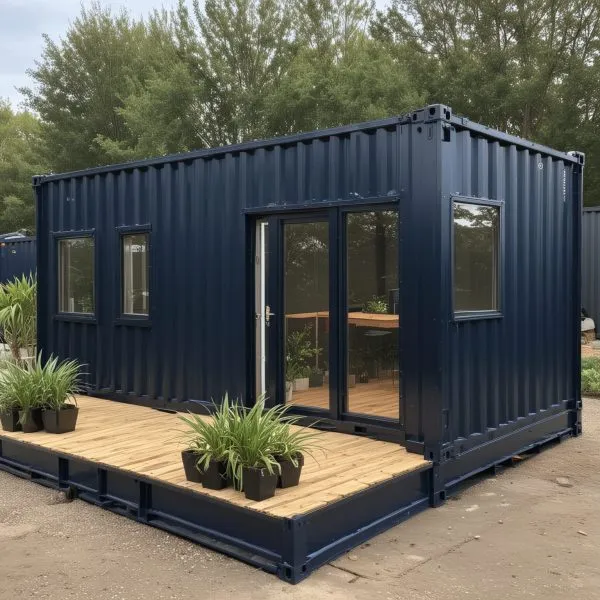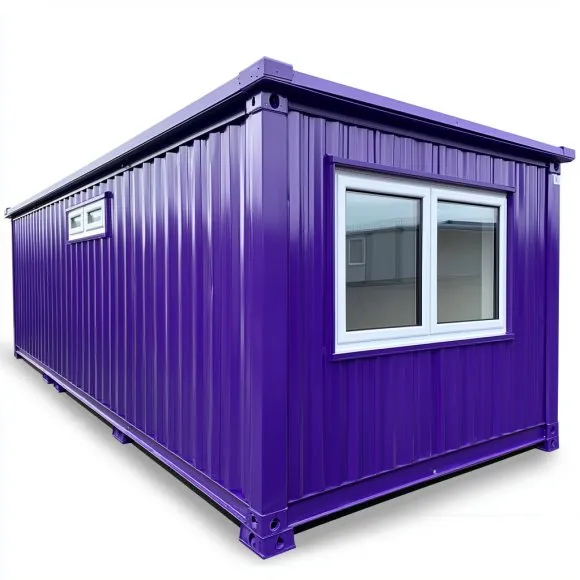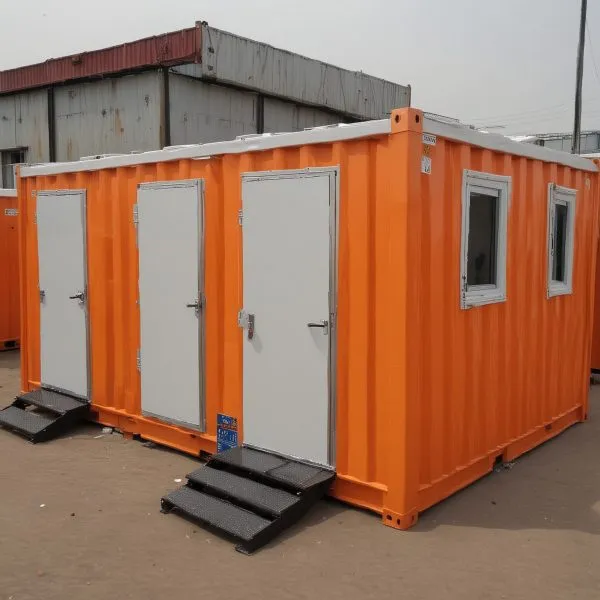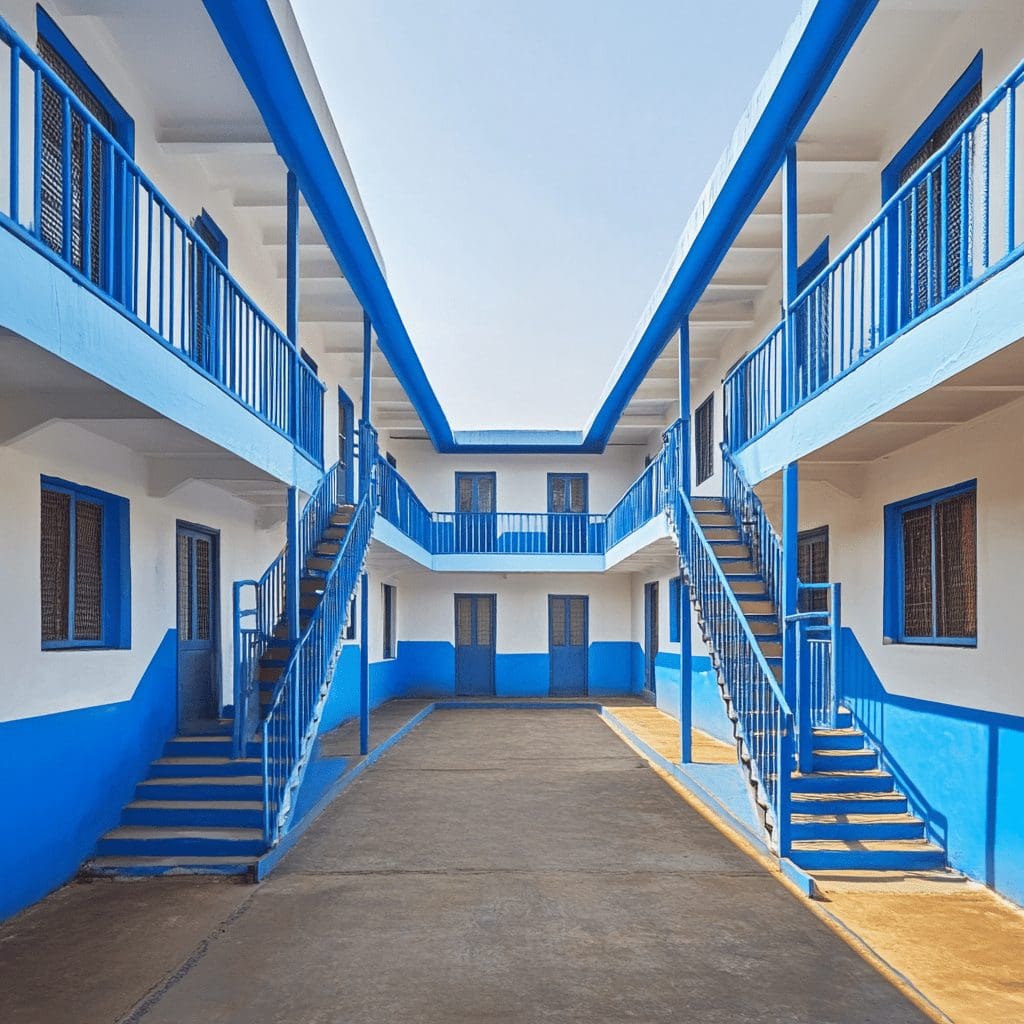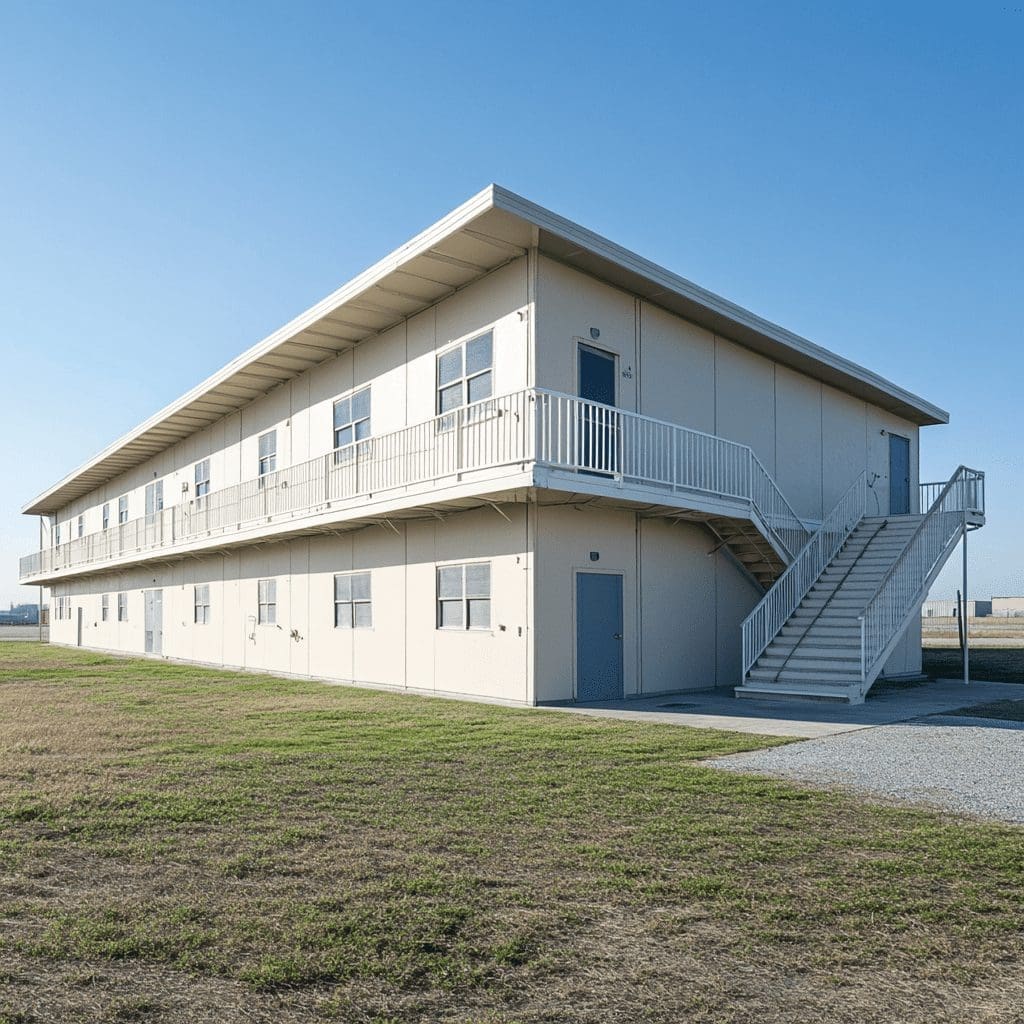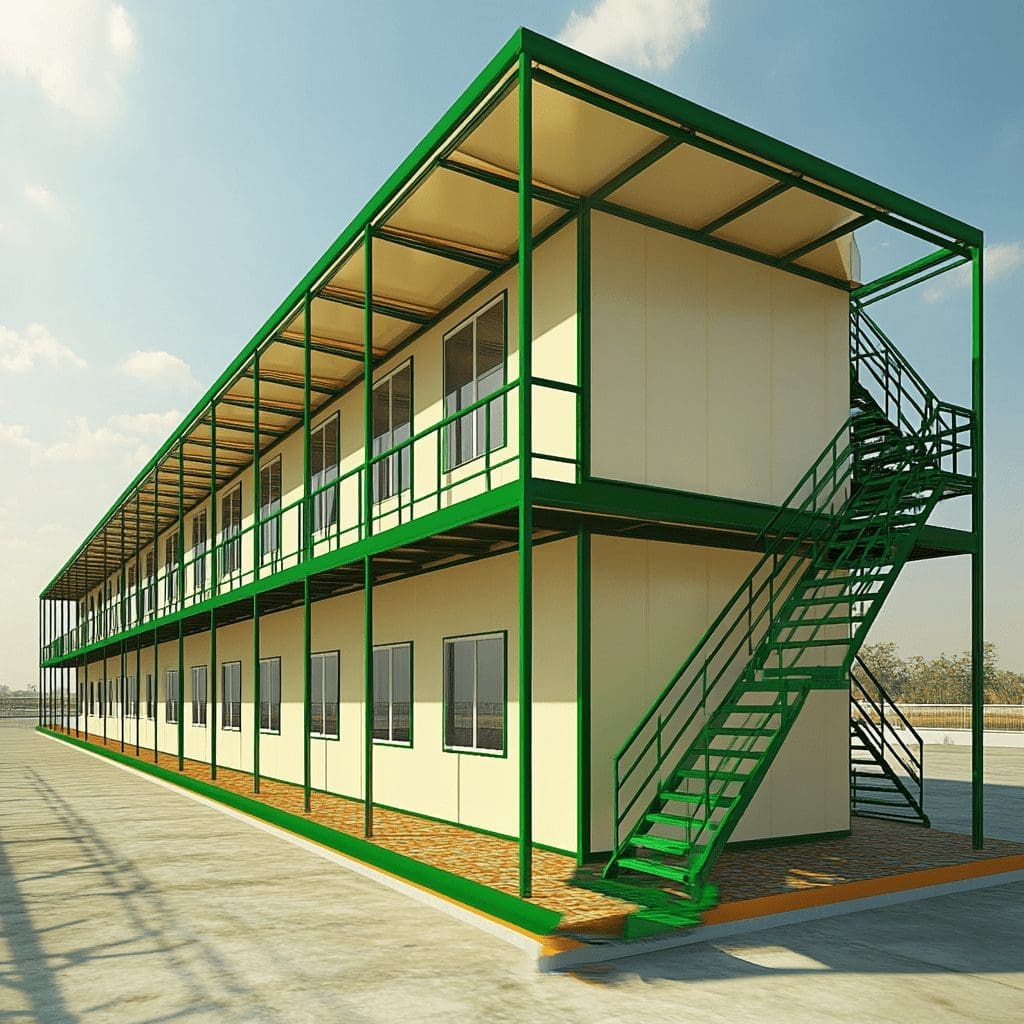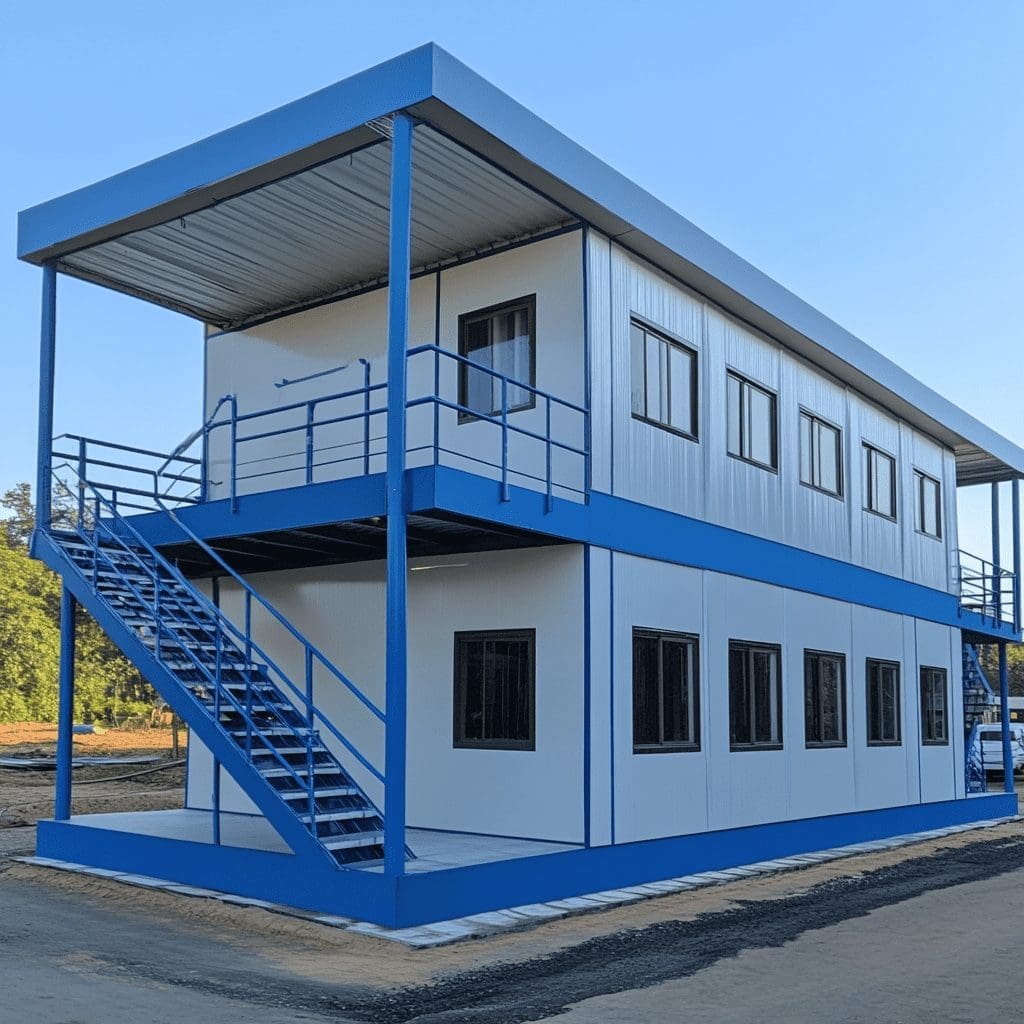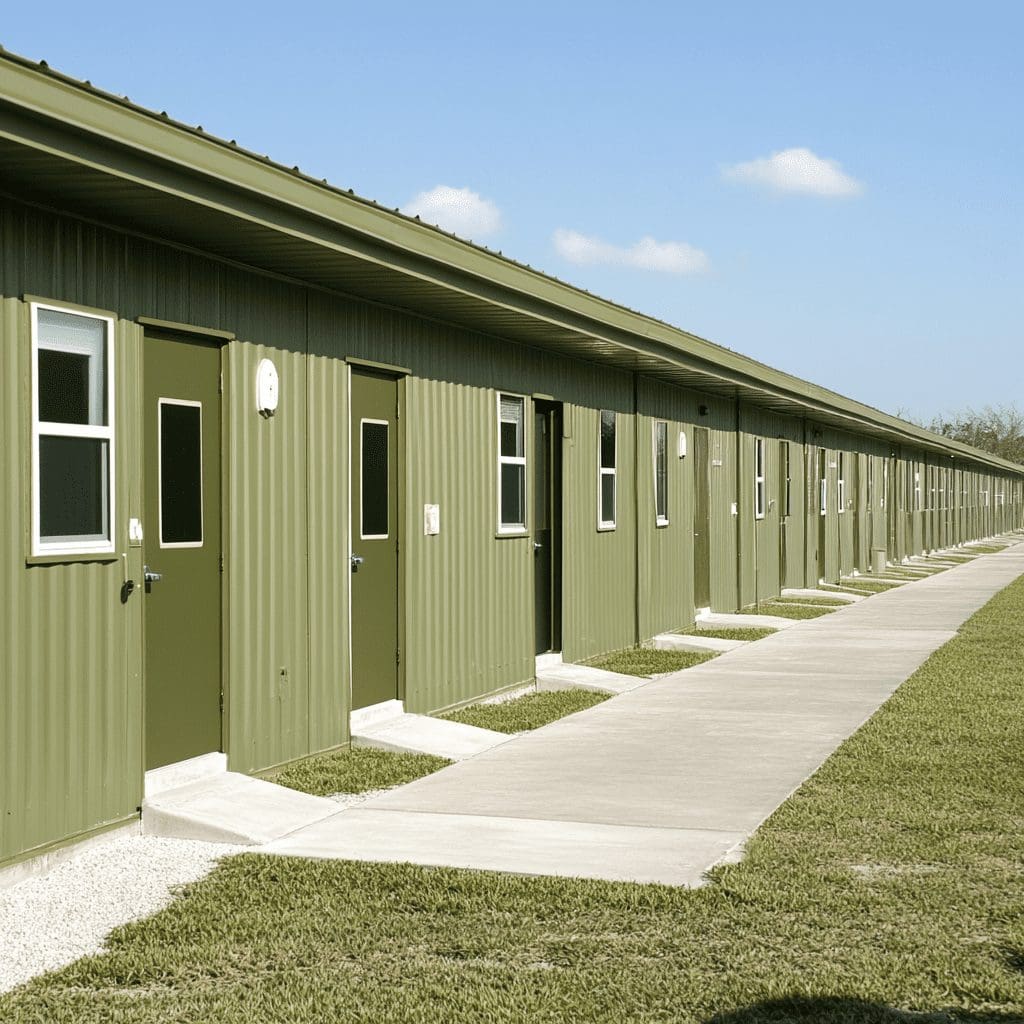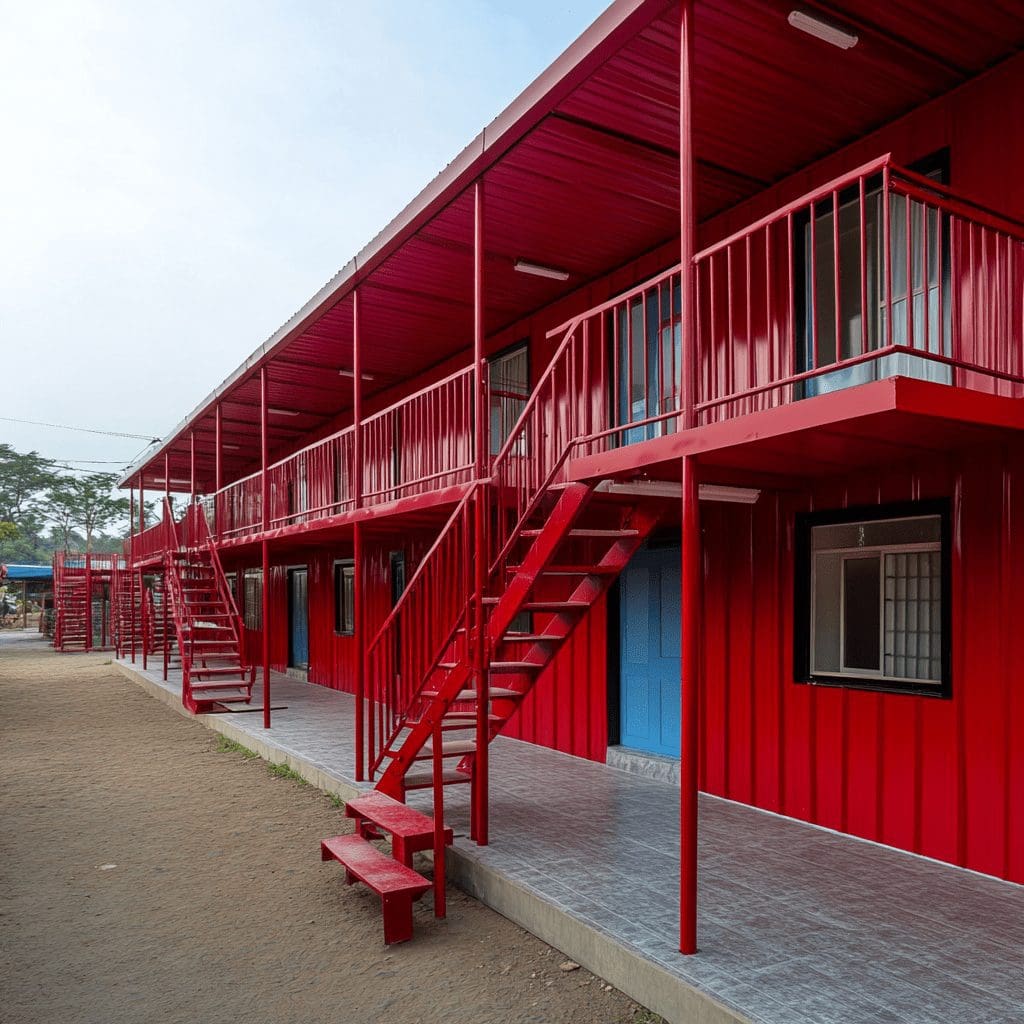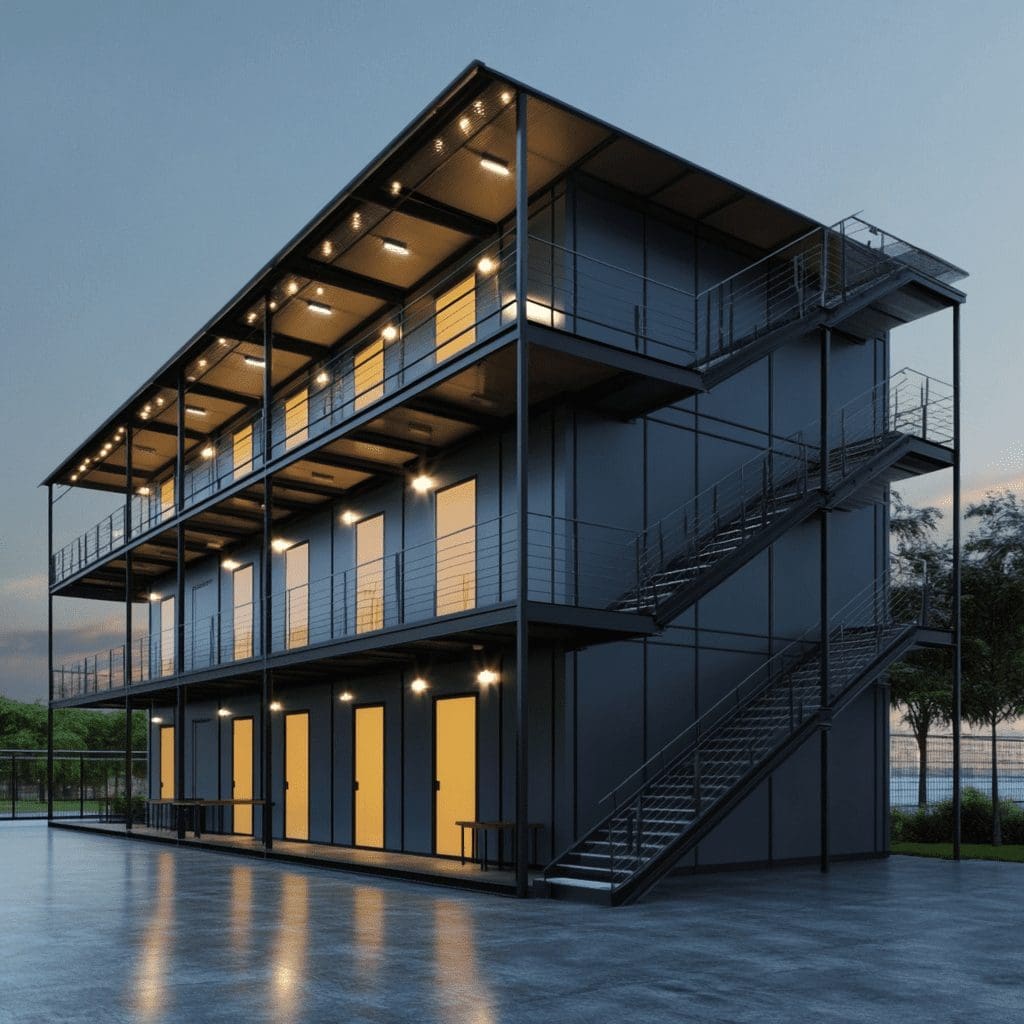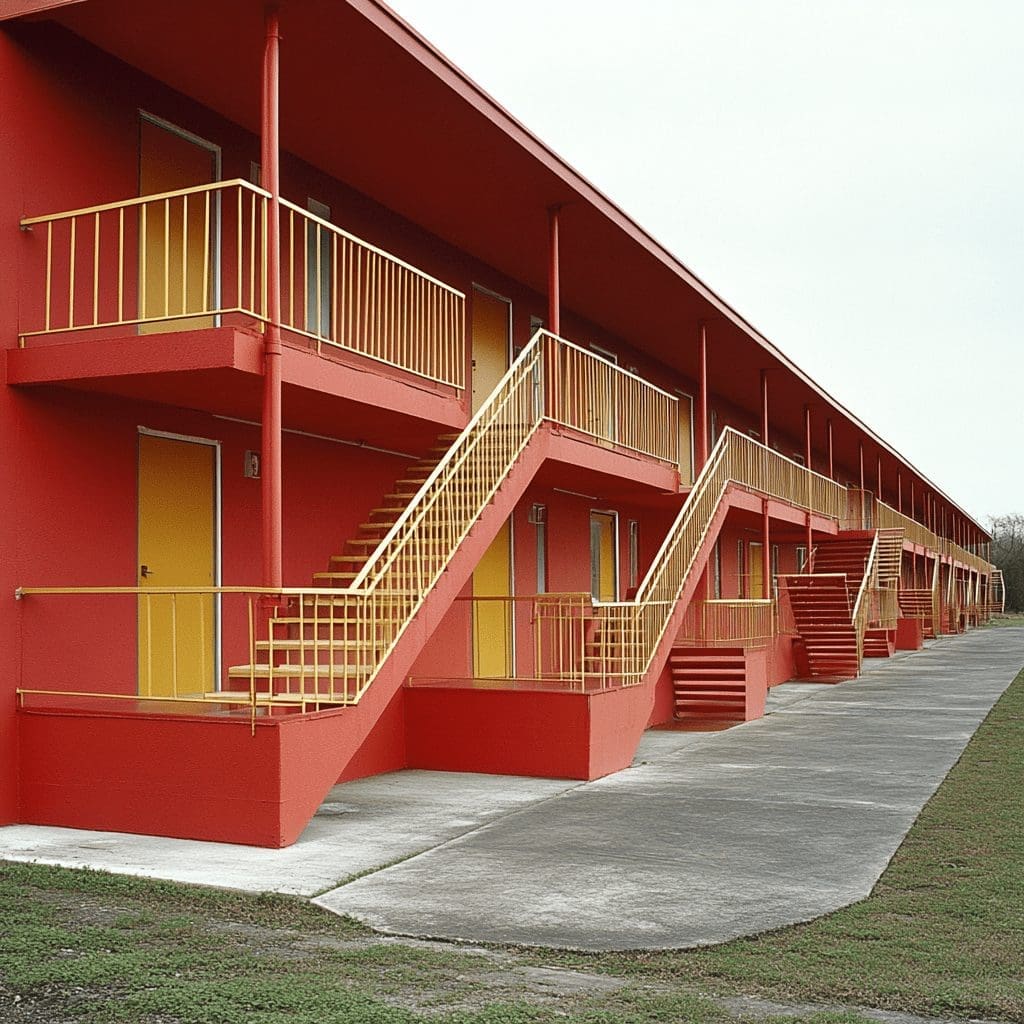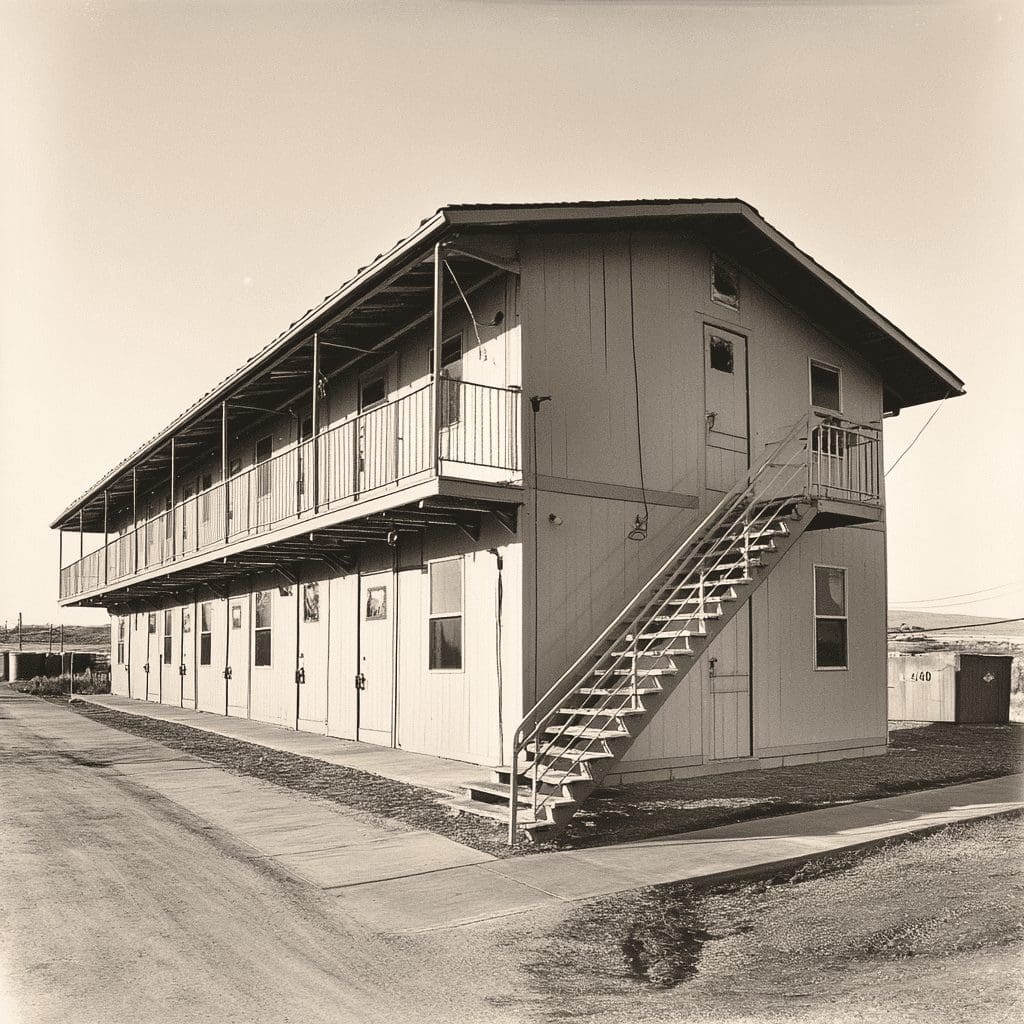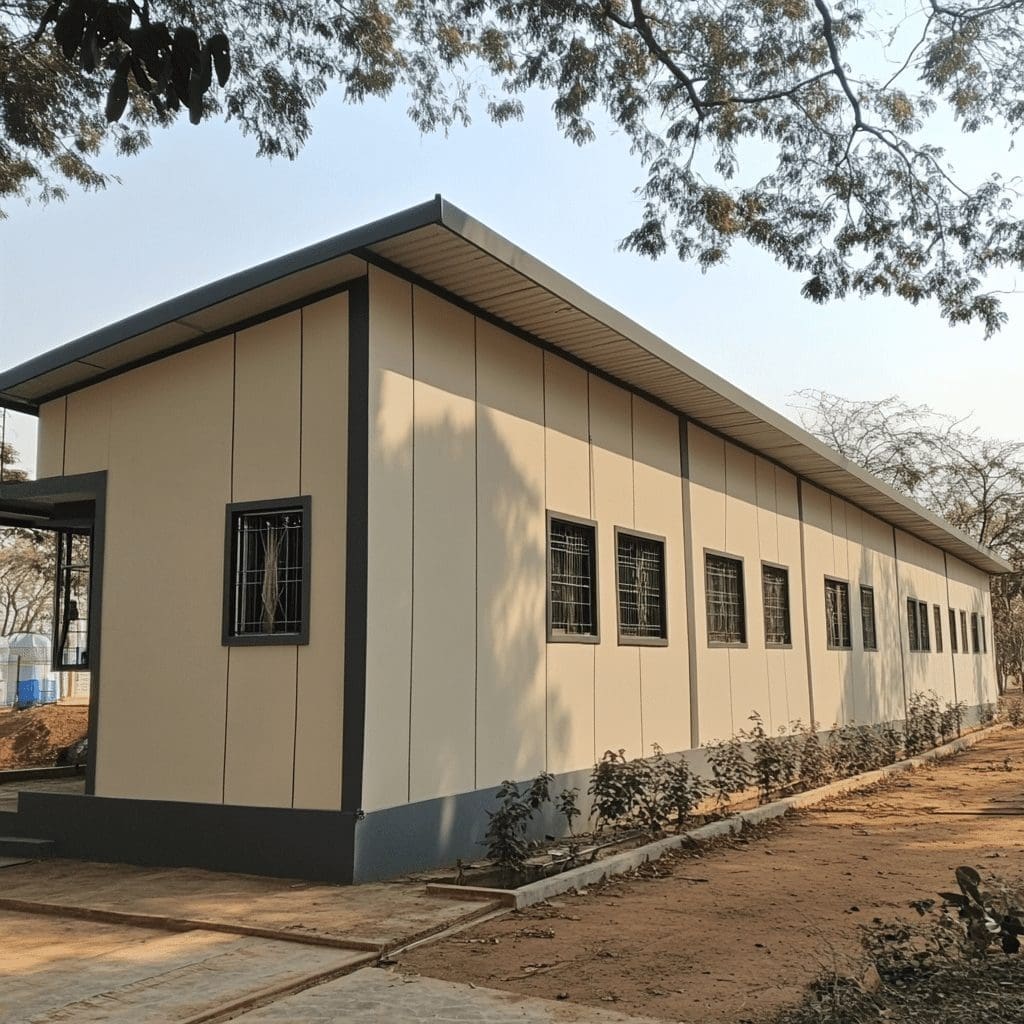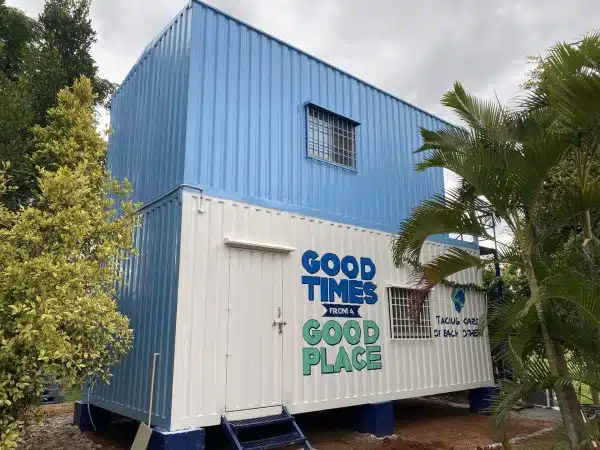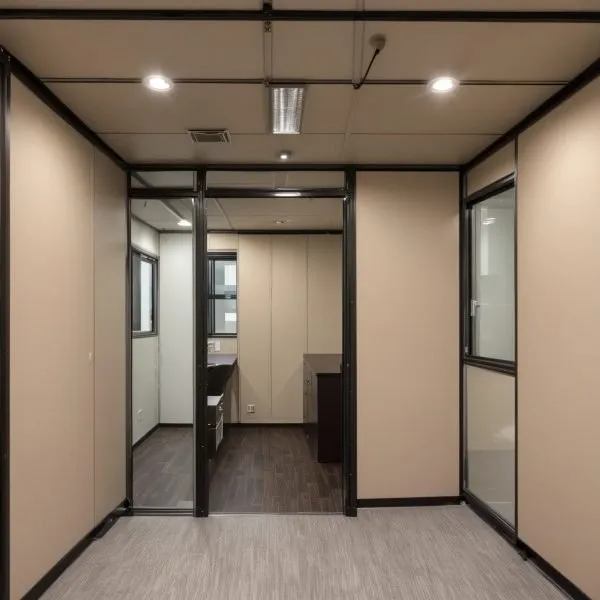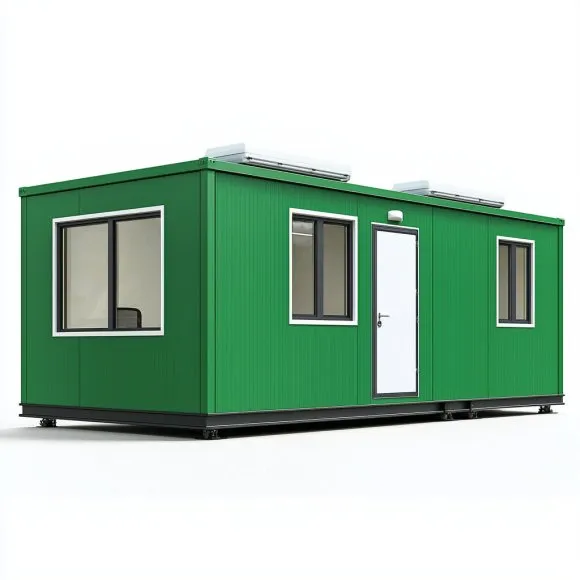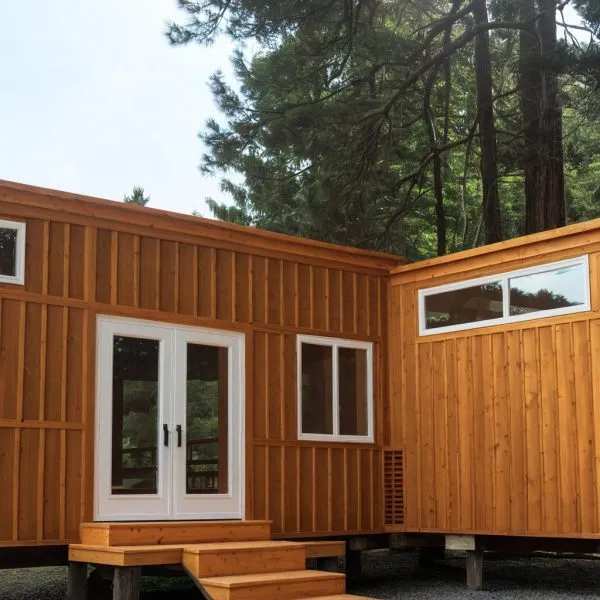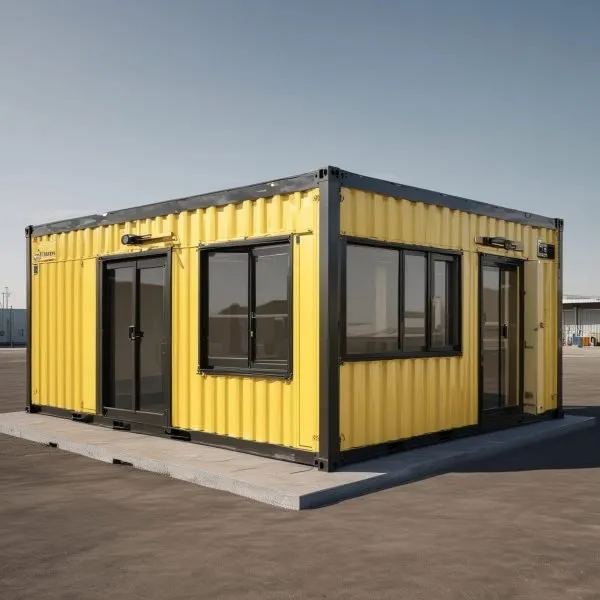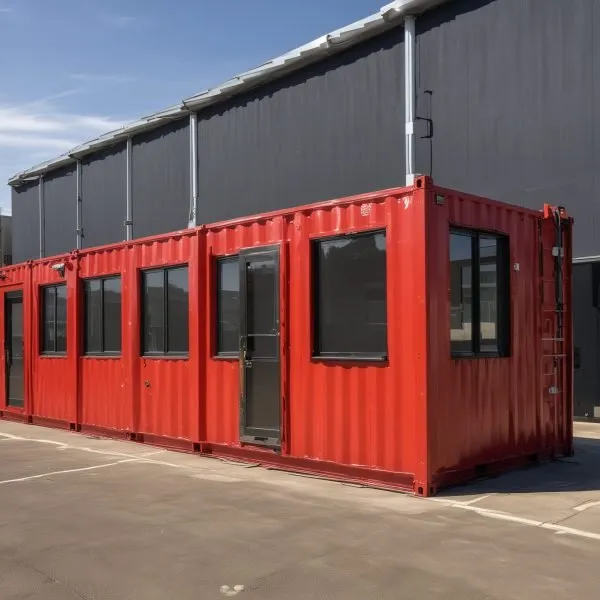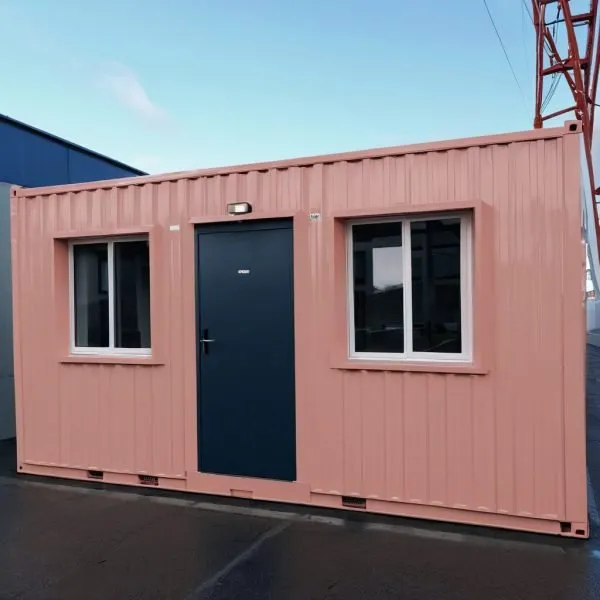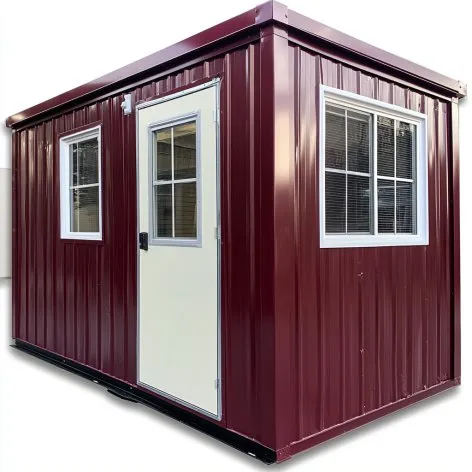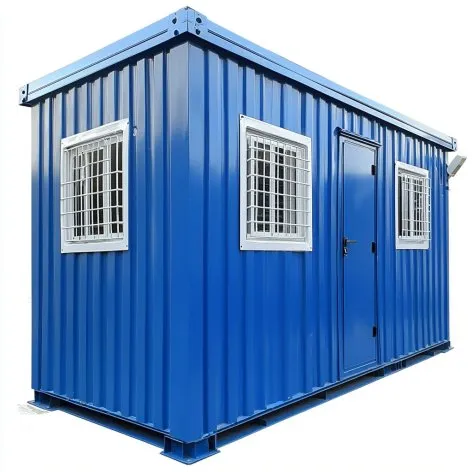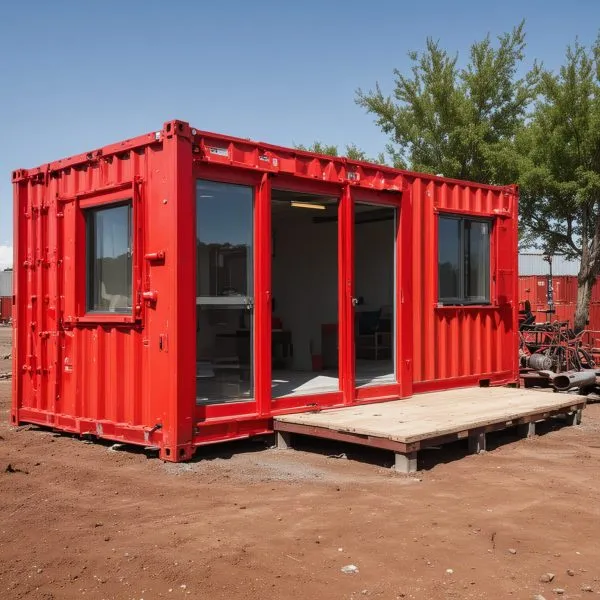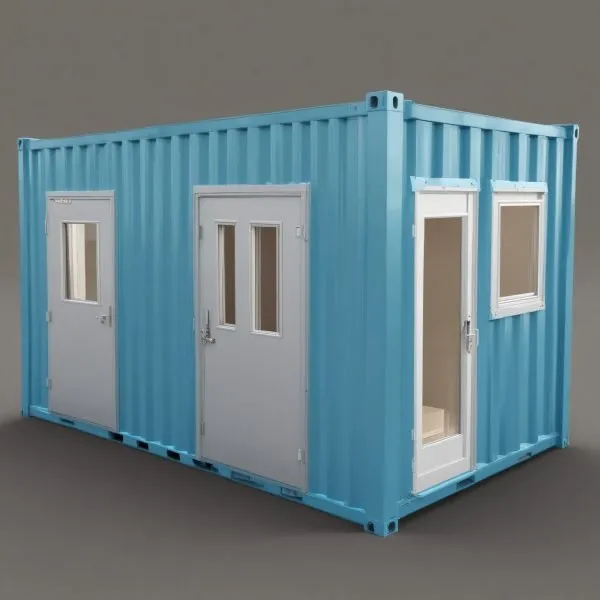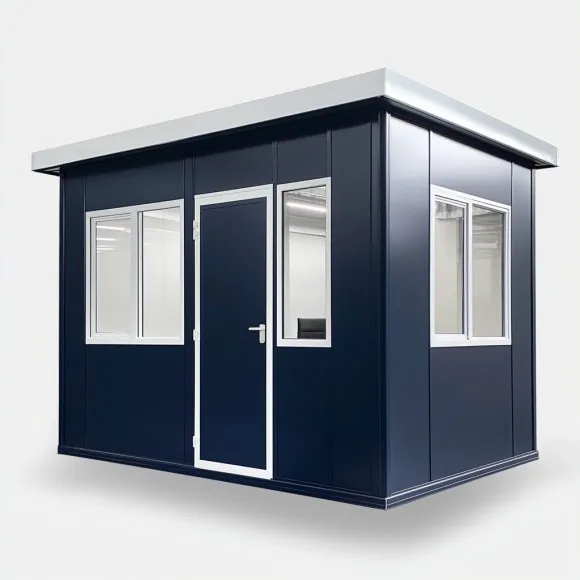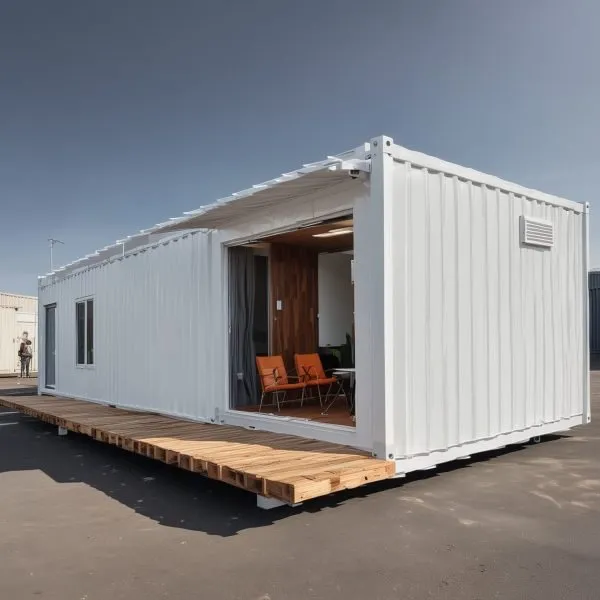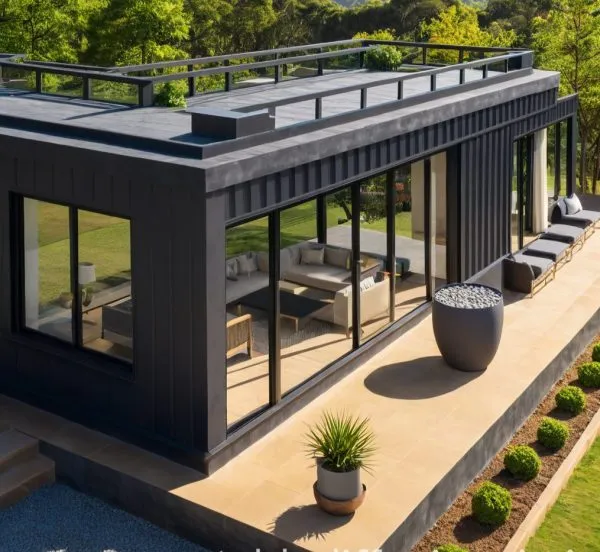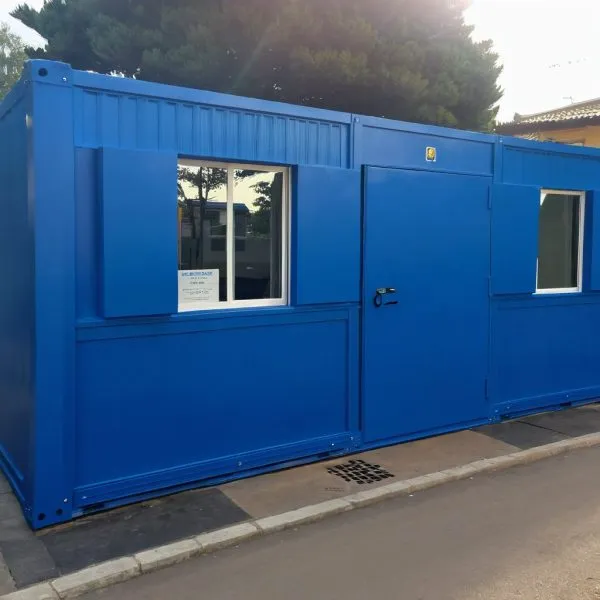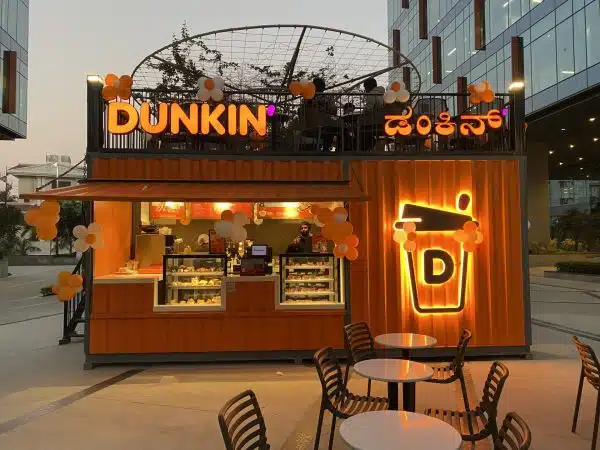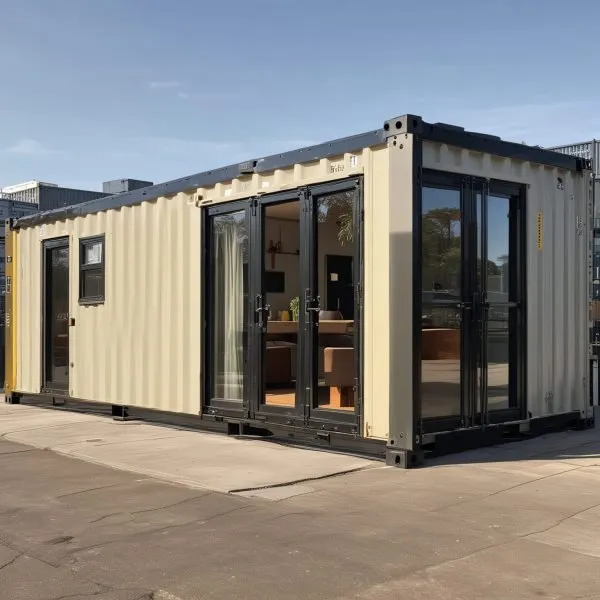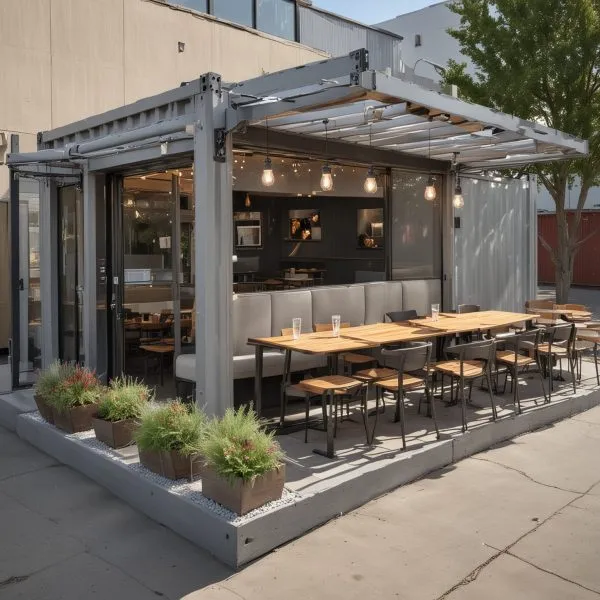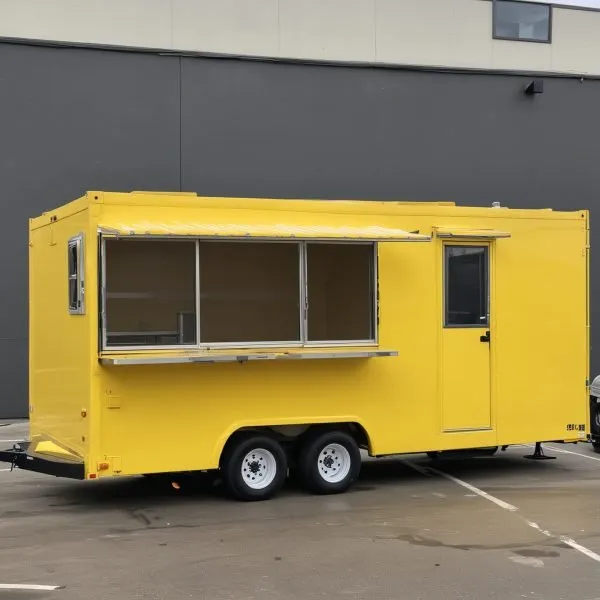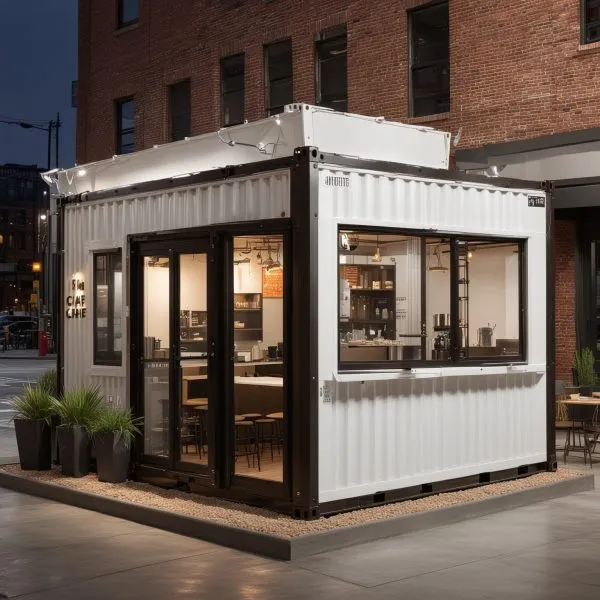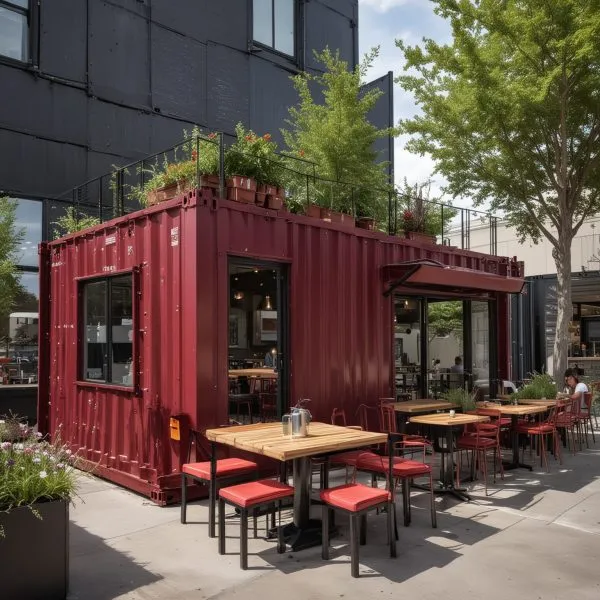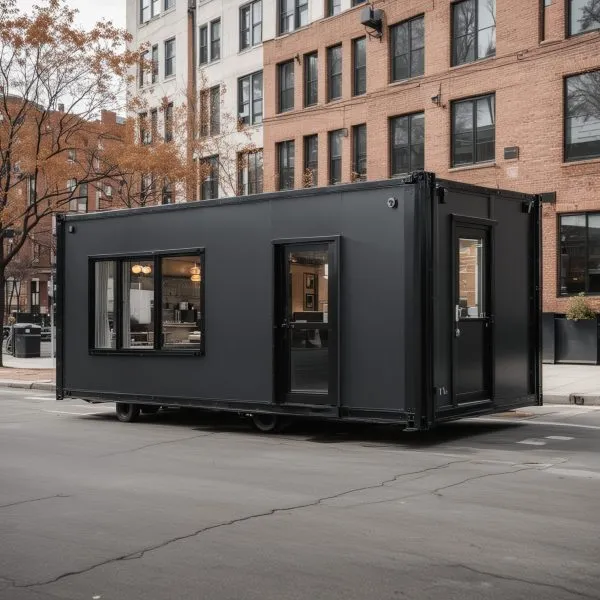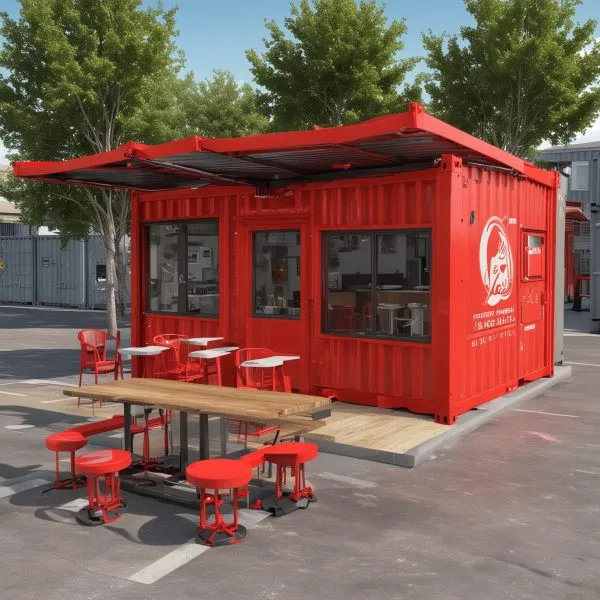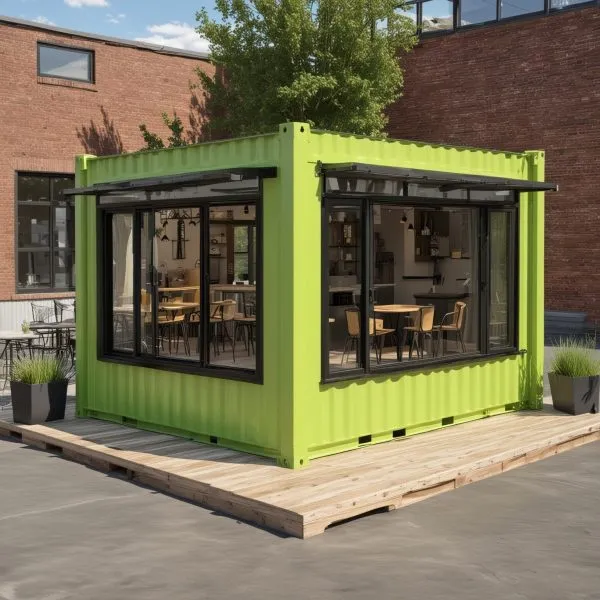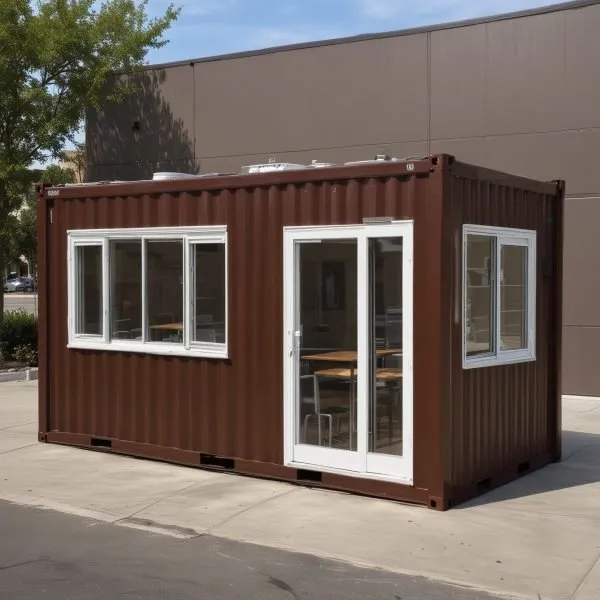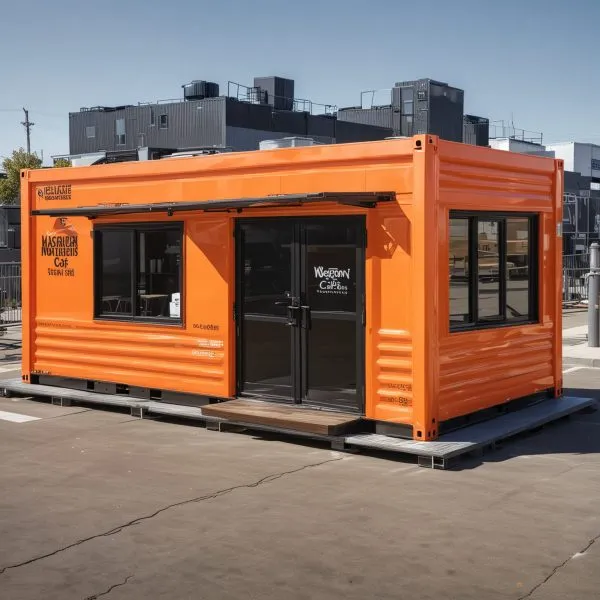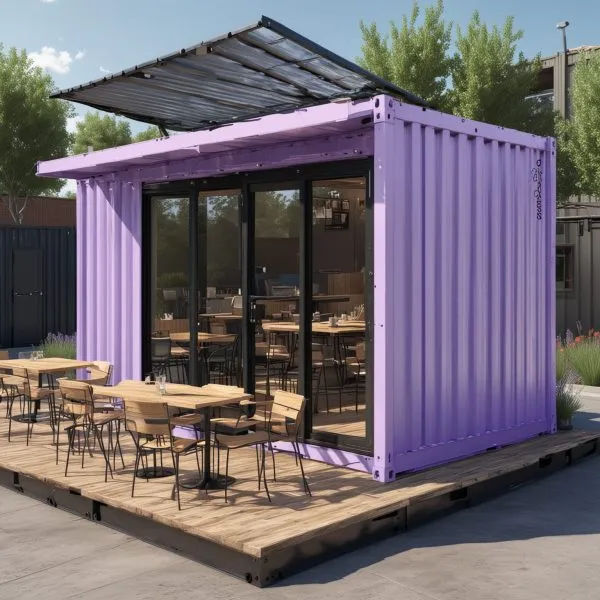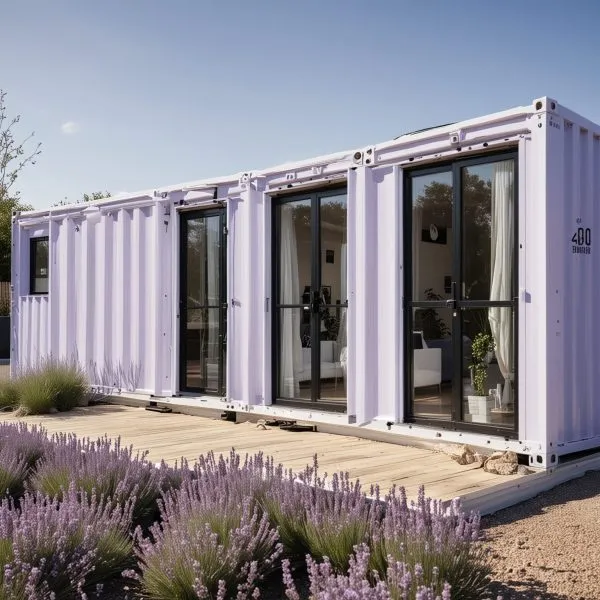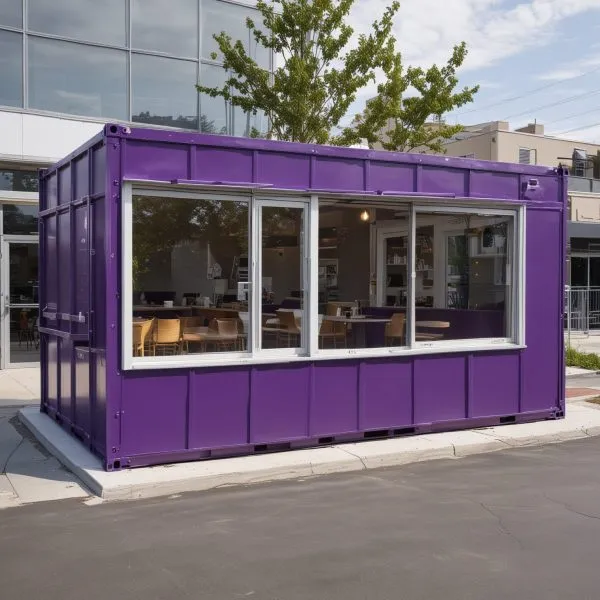Prefab Modular Homes: Revolutionizing Affordable and Sustainable Living Solutions for All

A new wave of construction technology is changing how we think about homes. Prefab modular homes are leading the way, offering affordable and sustainable living. They are making a big impact on the housing market. But what makes them special, and how can they change our living habits? Let’s explore the latest advancements in prefab modular homes.
Key Takeaways
- Prefab modular homes can be built much faster than traditional homes.
- Modular construction creates less waste and is better for the environment.
- Prefab homes allow for a lot of customization and design choices.
- They are more affordable because of lower labor costs and efficient manufacturing.
- New technologies are making prefab homes more complex and energy-efficient.
Understanding Modern Prefabricated Construction Technology
Prefabricated construction has changed how we build. It uses advanced factory methods to make buildings that are good for the planet and save money. This method focuses a lot on making sure everything is top quality and well-engineered.
Factory-Controlled Manufacturing Process
SAMAN Portable ensures building parts are manufactured with great precision in factory-controlled environments. Our prefabricated office containers and other prefab buildings are made with care, allowing for construction times up to 50% quicker than traditional methods
Quality Assurance Standards
Factories let builders check every part carefully. This makes sure prefab buildings last long and work well. It gives people peace of mind.
Advanced Engineering Techniques
Prefabricated buildings use new engineering to use less material but stay strong. This new way of building, with factory precision, is the future of building.

The mix of prefabricated construction, quality control, and engineering innovation has brought a new era of building. These buildings are good for the wallet and the planet. As more people want green and flexible homes, prefab buildings will become even more popular.
The Evolution of Prefab Modular Homes in India
Prefab modular homes are becoming popular in India. They offer a solution to the housing shortage and provide affordable, quality living spaces. The construction industry in India has grown fast, with prefabricated construction playing a key role.
SAMAN Portable offers comprehensive prefab solutions in India, including design, manufacturing, supply, and installation. Our homes cater to diverse markets with unmatched quality and affordability.
The prefabricated buildings market in India is divided by end-use, region, and more. Non-assembled products are favored for on-site assembly. Steel is the leading material due to its strength, durability, and sustainability.
The commercial sector is the biggest user of prefabricated buildings in India. This is because prefab homes are cheaper and meet urgent needs. The government aims to build 20 million affordable homes and 98 smart cities by 2022, boosting prefab demand.
Prefabrication is becoming a top choice over traditional building methods in India. It could become the main construction method soon. Modular construction is faster, taking 4 to 5 months, compared to a year for traditional methods.

The “Make In India” scheme and relaxed FDI rules have helped prefab adoption. Many prefab exporters in India are now focusing on prefabricated buildings. Global makers of prefabrication machinery are also entering the Indian market.
There’s a common belief that prefab structures are of lower quality. But, new technology is improving prefab quality. Prefab structures are gaining popularity in India, set to redefine the construction sector.
Key Benefits of Choosing Prefabricated Housing Solutions
Prefab housing has many advantages for homeowners and developers. It’s cost-effective because it’s cheaper than traditional homes. A three-bedroom prefab home costs about £1,750 per square meter, without labor costs.
Another big plus is the shortened construction timeline. Prefab homes can be set up in just five days. Some can be ready in one week. This means you can move in sooner.
Prefab homes also have a lower environmental impact. They use eco-friendly materials and make less waste. They also save energy, which lowers your bills and helps the planet.

The prefab housing market is growing fast, expected to hit $153 billion by 2026. Prefab homes offer cost-effective construction, rapid building solutions, and reduced environmental impact. They’re changing how we think about affordable and green living.
Innovative Design Features of Modern Container Houses
Modern container homes are changing the game in space-efficient housing. They turn shipping containers into stylish, useful living spaces. These homes are not only good-looking but also practical. They often include green roofs, solar panels, and systems to collect rainwater, making them eco-friendly.
The way shipping containers are stacked and arranged leads to creative designs. You can find everything from small, single-container homes to big, multi-story complexes. This makes container houses versatile and customizable for different needs.
- Efficient space utilization through modular container design
- Sustainable features like green roofs, solar panels, and rainwater harvesting
- Flexible, customizable layouts to suit diverse needs and preferences
- Rapid construction and easy relocation capabilities
- Cost-effective and budget-friendly housing solutions

Container houses offer a fresh take on space-efficient living. Their modular design, green features, and ability to be customized make them stand out. These homes are leading the way in affordable, eco-friendly living.
Sustainable Materials and Eco-Friendly Construction Methods
Prefabricated construction focuses on using sustainable materials and eco-friendly methods. This approach aims to reduce environmental impact. It includes energy-efficient parts, waste reduction, and green building certifications.
Energy-Efficient Components
Modern prefab homes use high-performance insulation and solar panels. These features help cut down energy use. For example, R-49-21 insulation keeps temperatures steady, needing less heating and cooling.
Waste Reduction Strategies
- Modular construction cuts waste by up to 70% compared to traditional methods.
- Prefab homes use 72% less energy, often with solar power.
- Modular designs reduce waste by about 52% thanks to precise prefabrication.
Green Building Certifications
Many prefab homes get green building certifications like LEED. These show their commitment to being eco-friendly and energy-efficient. Certifications prove prefab homes meet high standards for energy use and environmental impact.

Prefab modular homes are changing how we live affordably and sustainably. They use innovative, eco-friendly methods. This reduces the construction industry’s carbon footprint and offers energy-efficient, green homes.
Space-Efficient Container Offices and Commercial Solutions
In the world of commercial real estate, container offices are a new and smart choice. They are made from old shipping containers and are cheaper and greener than usual offices.
Space-Efficient Container offices are easy to set up and can be changed to fit different needs. They are perfect for small businesses or those who need space to grow. Starting at INR 90,000, they are a cost-effective option for many businesses.
Container offices come with many benefits. They can be set up quickly, which means less time lost. They are also easy to move or grow with your business, offering great flexibility.
Another big plus is that they are good for the planet. Making them in a factory cuts down on waste. They also often have green features like solar panels, showing they care about the environment.
Container offices can be used in many ways. They work as temporary offices, permanent stores, or flexible workspaces. They are used in many fields, from building sites to disaster relief, showing their adaptability.

As more businesses look for affordable and efficient space, container offices are becoming a top pick. They offer a smart, flexible, and green solution for today’s businesses. They are changing the face of commercial real estate in India and worldwide.
Customization Options and Design Flexibility
Prefab homes let you customize your living space like never before. No longer are homes made for everyone. Now, you can make your home fit your exact needs and style.
Interior Layout Possibilities
Prefab homes offer endless ways to arrange your home’s interior. You can have open spaces or special rooms. This lets you make the most of every inch, fitting your lifestyle perfectly.
Exterior Finishing Choices
When it comes to the outside of prefab homes, you have many choices. You can pick from modern to traditional looks. Choose materials, colors, and details to make your home unique and personal.
Modular Extension Options
- As your family grows or needs change, prefab homes can be expanded.
- These additions fit right in, expanding your home smoothly.
- This means your prefab home can grow with you, meeting your changing needs.
Prefab homes let you design your dream space. You can choose everything from layout to finishes and extensions. This way, your home will show off your style and meet your needs.

Site-Ready Porta Cabins: Applications and Benefits
Site-Ready Porta cabins are changing how we think about temporary and mobile spaces. These porta cabins are a smart and quick way to get the space you need. They work well for many uses in different fields.
They can be set up fast, which means your project can start sooner. They’re made to last, withstanding harsh weather and keeping things safe and secure.
- Porta cabins are cheaper than building a traditional structure. They save you money upfront and on upkeep.
- These temporary structures can be tailored to meet your needs. They’re great for offices, storage, classrooms, and more.
- They’re also good for the planet. Made from eco-friendly materials and energy-saving tech, they cut down on costs and emissions.
Need a temporary office, emergency housing, or a flexible business solution? Porta cabins are perfect. They’re affordable and adaptable, making them a big deal in construction and infrastructure.

Cost Analysis: Traditional vs. Prefabricated Construction
Choosing between traditional and prefabricated construction affects costs. A detailed look shows prefabricated methods save money in construction costs, maintenance, and return on investment (ROI).
Initial Investment Comparison
Prefabricated structures need less money upfront than traditional ones. This is because they cost less in labor and materials in a factory. Traditional construction, however, is more expensive because it requires more skilled workers at every step.
Long-term Maintenance Costs
Prefabricated buildings are also cheaper to maintain over time. They are made with higher quality in a factory, leading to fewer problems and lasting longer. Factory-made buildings have consistent quality, which means fewer issues, lower upkeep costs, and a longer life.
Return on Investment Potential
Prefabricated construction offers a good return on investment. Prefab buildings are quicker to set up, allowing for faster start-ups and more work. They also save energy, which adds to their value. Prefab buildings are built faster than traditional ones, leading to quicker use, more work, and less disruption.
Prefabricated construction is becoming more popular. It’s cost-effective, efficient, and green. It works well for homes, offices, and big buildings.

Versatile Portable Cabin Solutions for Different Industries
Versatile Portable cabins meet many industrial needs. They serve as temporary offices, storage, or places to stay. This is in fields like construction, mining, and event planning. Their design makes them easy to move and set up fast.
They’re great for art studios, pop-up shops, and more. They’re cheaper than regular spaces for work or learning. They also work well for emergency shelters, cafes, clinics, and construction offices.
These cabins last long and are good in all kinds of weather. They save energy too. In India, SAMAN Portable specializes in creating high-quality container offices. We offer custom, eco-friendly solutions tailored to various industries
Versatile and Eco-Friendly Portable Cabin Solutions
SAMAN Portable’s cabins are light, strong, and weatherproof. They can use solar power and keep a steady temperature. They also have a safe lock.
- Suitable for a variety of applications, including temporary housing, offices, and storage
- No special permits required for installation, making them a hassle-free solution
- Environmentally friendly, utilizing eco-friendly materials and sustainable practices
- Low maintenance requirements for long-term use
For construction, mining, or event planning, portable cabins are a smart choice. SAMAN Prefab in North and SAMAN Portable in South provide affordable, versatile options for your temporary needs.
Structural Integrity and Safety Standards
Ensuring prefab building safety is crucial. Prefab structures meet or exceed traditional building codes. They are built in a controlled factory setting, ensuring quality assurance in every step.
These buildings are designed to handle extreme weather and natural disasters. They go through regular checks to meet prefab building safety standards before being shipped out.
- Modular construction can reduce project timelines by 30–50%.
- Buildings constructed modularly have a lifespan of 50 years or more.
- Modular structures are designed to meet or exceed local building codes.
Top prefab home makers follow strict construction standards and quality control. They use strong materials and tight connections. This ensures the building’s safety and durability.
Prefab homes are built to last, just like traditional homes. They focus on quality assurance and safety. This gives homeowners a secure and reliable place to live.
Smart Home Integration in Prefabricated Structures
Modern prefabricated homes lead the way in the smart home era. They blend advanced home automation, energy-saving tech, and strong security. This marks a new age of green and smart living.
Automation Systems
Prefab homes with automation systems offer unmatched ease and control. They handle lights, heat, and cooling, saving energy and making homes cozy. With just a tap or voice command, homeowners can adjust their home’s feel, making it just right for them.
Energy Management Solutions
Sustainability is key in prefab homes, thanks to energy-saving tech. They come with smart meters and renewable energy links. This lets homeowners track and cut energy use, saving money and the planet.
Security Features
Prefab homes focus on keeping residents safe. They have smart locks, cameras, and security systems. Homeowners can control these from anywhere, ensuring their home is secure.
The move to smart prefab homes is a big change in building. It brings together top tech for home automation and energy saving. This means homes that are not just smart but also comfy, easy to use, and good for the planet.
Future Trends in Prefabricated Housing
The future of prefab housing is bright, thanks to ongoing innovation and a focus on sustainability. The prefab construction industry is evolving fast. New trends are emerging that will change how we build and live.
One big change is the use of 3D printing in prefab housing. This technology lets us create homes that are both customized and complex. It makes it easier to build homes with unique designs and features.
There’s also a big push for energy-efficient prefab homes. These homes use advanced insulation, solar panels, and smart home tech. They help the environment and save homeowners money on energy bills.
Biophilic design is another trend in prefab housing. It brings nature into homes through greenery and natural elements. This design makes homes look better and improves the health of those who live there.
The use of sustainable materials and zero-waste manufacturing is becoming more common. Builders are using eco-friendly materials like cross-laminated timber and recycled plastic. This helps reduce the carbon footprint of building homes.
These trends show prefab housing is key in solving the world’s housing problems. It’s also important for sustainable urban development. As the industry keeps innovating, prefab housing will become even more important and sustainable.
The prefab construction market is set to grow a lot. It’s currently worth $82.3 billion and is expected to reach $139.03 billion by 2029. This growth is due to the demand for affordable, sustainable homes, especially in fast-growing cities.
Conclusion
Prefab modular homes are changing how we build houses. They are efficient, sustainable, and affordable. These homes are great for India’s housing needs and help us live more sustainably.
These homes are good for the planet and can be built quickly. They also let you design your home just the way you want it. This makes them a key part of solving India’s housing problems.
Prefab homes are affordable for many people. They offer discounts and are made quickly. This makes them a great choice for many buyers.
They also save money on energy and use eco-friendly materials. This helps lower your bills and is better for the environment.
As technology gets better, prefab homes will become even more popular in India. They are perfect for cities and rural areas. They meet the needs of many people in the country.
By choosing prefab modular homes, India can move towards a greener and more accessible future. It’s a step towards a better life for everyone.
FAQ
What are the key advantages of prefabricated modular homes?
Prefab modular homes save a lot of money and are built quickly. They also help the environment and can be customized. They’re great for those watching their budget and caring about the planet.
How do prefabricated construction methods differ from traditional building techniques?
Prefab homes are made in factories, ensuring quality and saving materials. This method is faster and better for the environment than building on-site. It leads to quicker completion and less waste.
What sustainable features are commonly integrated into prefab homes?
Prefab homes often have energy-saving features like insulation and solar panels. They also aim to reduce waste. Many can get green building certifications, showing their eco-friendly commitment.
How do container houses and portable cabins provide versatile solutions?
Container houses and cabins are space-saving and flexible. They’re great for homes and businesses. Their modular design makes them easy to expand or move, saving money on construction.
What customization options are available for prefab homes?
Prefab homes can be customized to fit your needs. You can choose layouts, finishes, and add more space as needed. This makes them perfect for changing family needs.
How do the construction costs of prefab homes compare to traditional homes?
Prefab homes are often cheaper upfront because of lower labor and material costs. They also might cost less to maintain over time. This makes them a smart investment.
What safety standards do prefabricated structures adhere to?
Prefab homes meet high safety standards. Built in a controlled factory, they ensure quality and safety. They’re tested for weather and seismic safety.
How are smart home technologies being integrated into prefab homes?
Modern prefab homes include smart home tech. This includes automated systems for lighting, heating, and security. It makes homes more comfortable, energy-efficient, and secure.
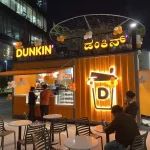 Container Cafe
Container Cafe